Tuscan living room design is defined by its warm, welcoming atmosphere, evoking the rolling hills and sun-drenched villas of central Italy. From earthy color schemes and textured plaster walls to rustic wood beams and wrought-iron accents, these interiors blend old-world charm with modern comforts. Each of the following 20 ideas explores a distinct aspect of Tuscan style—offering practical tips for infusing your living space with authentic Mediterranean character. Whether you’re renovating an entire room or simply adding a few key pieces, these concepts will help you create a Tuscan retreat that feels timeless, cozy, and effortlessly elegant.
1. Warm Earthy Color Palette
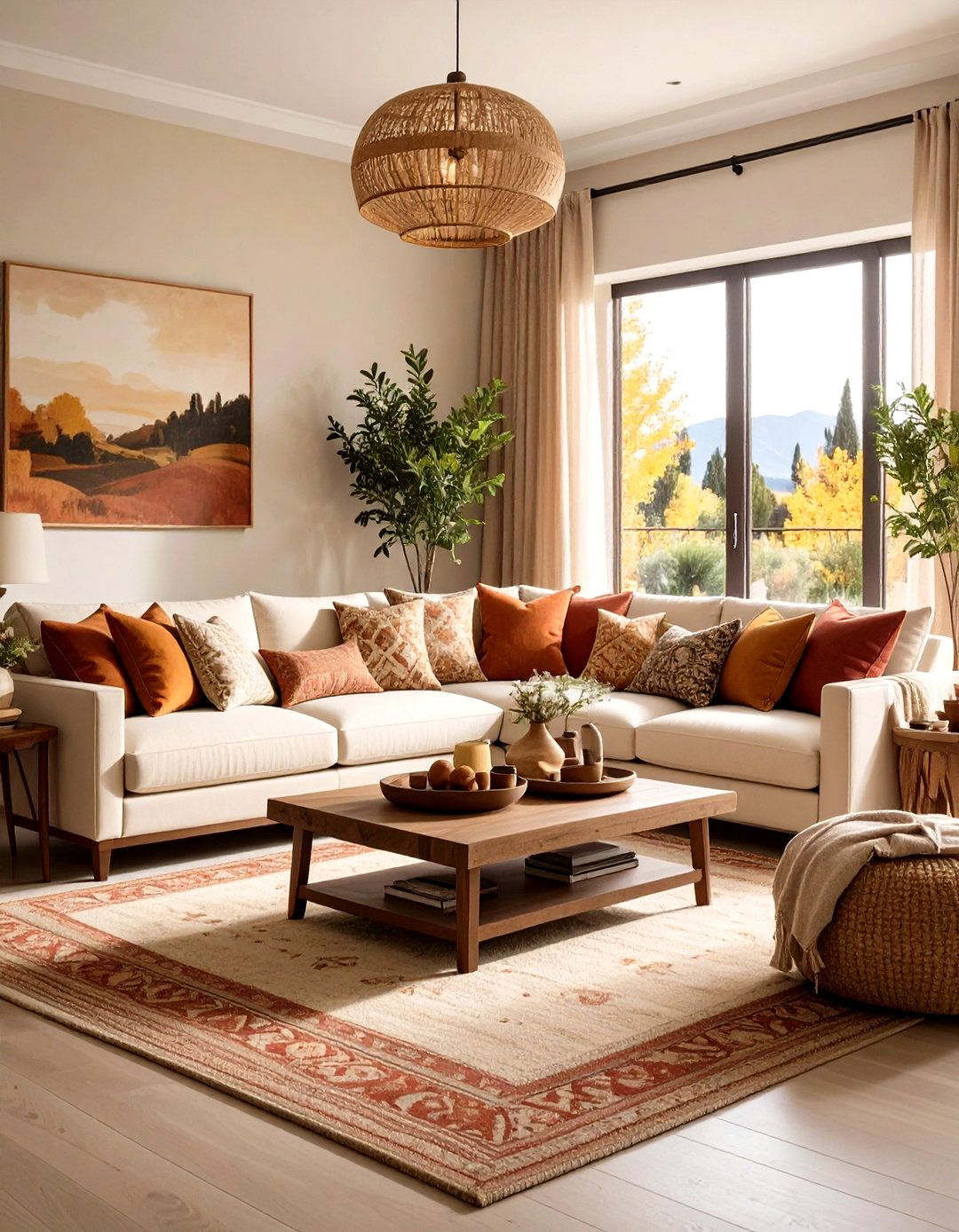
A hallmark of Tuscan design is a warm, earthy color palette that mirrors the Italian countryside, featuring hues like rusty reds, olive greens, and golden yellows. These colors can be introduced through wall paint, upholstery, and accessories to evoke sun-baked villas and terracotta rooftops. Layering subtle neutrals—creamy beiges and soft off-whites—on larger surfaces helps balance deeper tones without making the room feel cave-like.
2. Exposed Wooden Beams
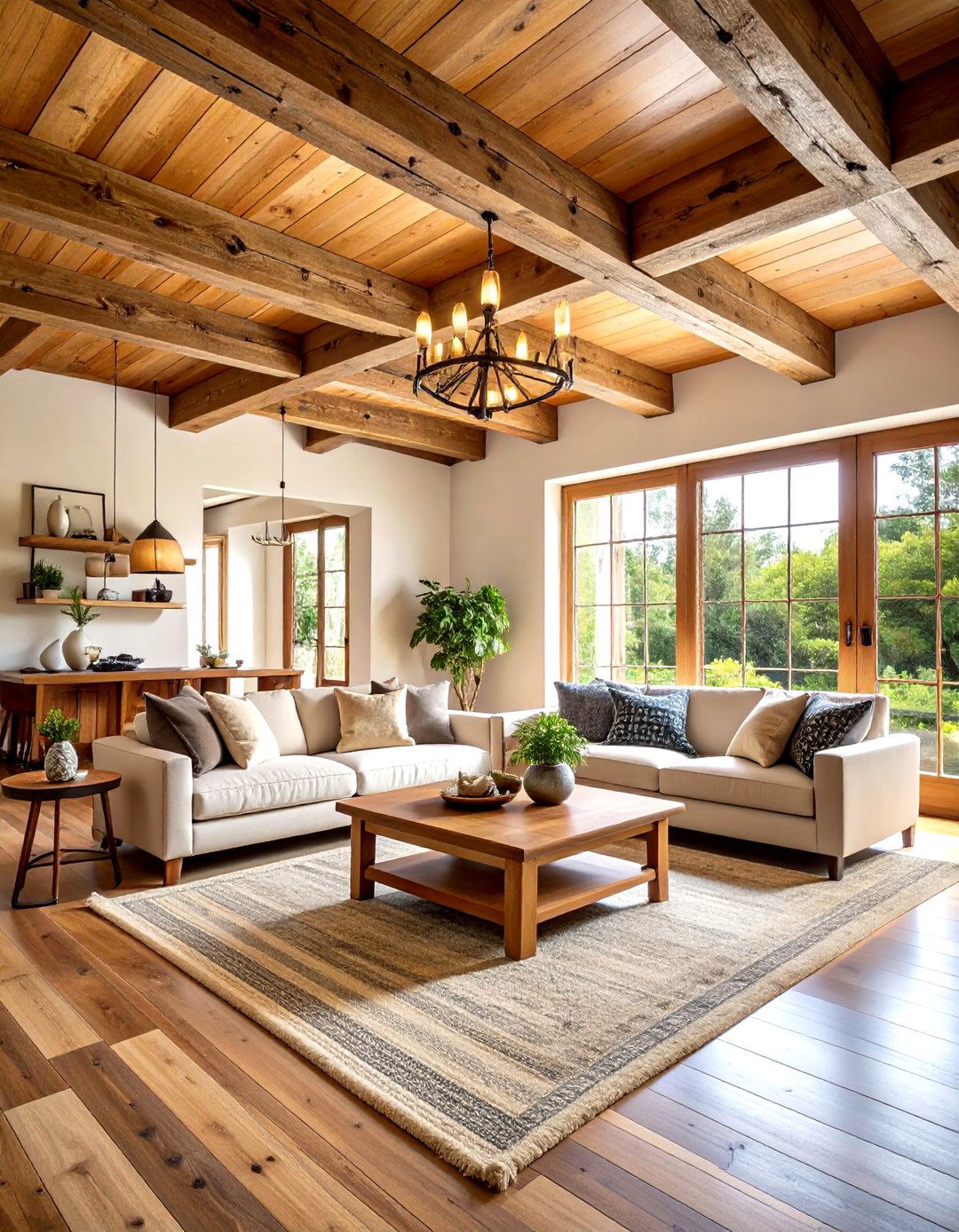
Exposed wooden ceiling beams add instant rustic charm, creating architectural interest and drawing the eye upward to make ceilings feel higher and more spacious. Typically crafted from reclaimed or hand-scraped timber, these beams bring warmth and texture reminiscent of centuries-old Tuscan farmhouses. Even in contemporary homes, faux-beam installations can mimic this effect while accommodating modern construction methods.
3. Plaster Walls and Textured Finishes
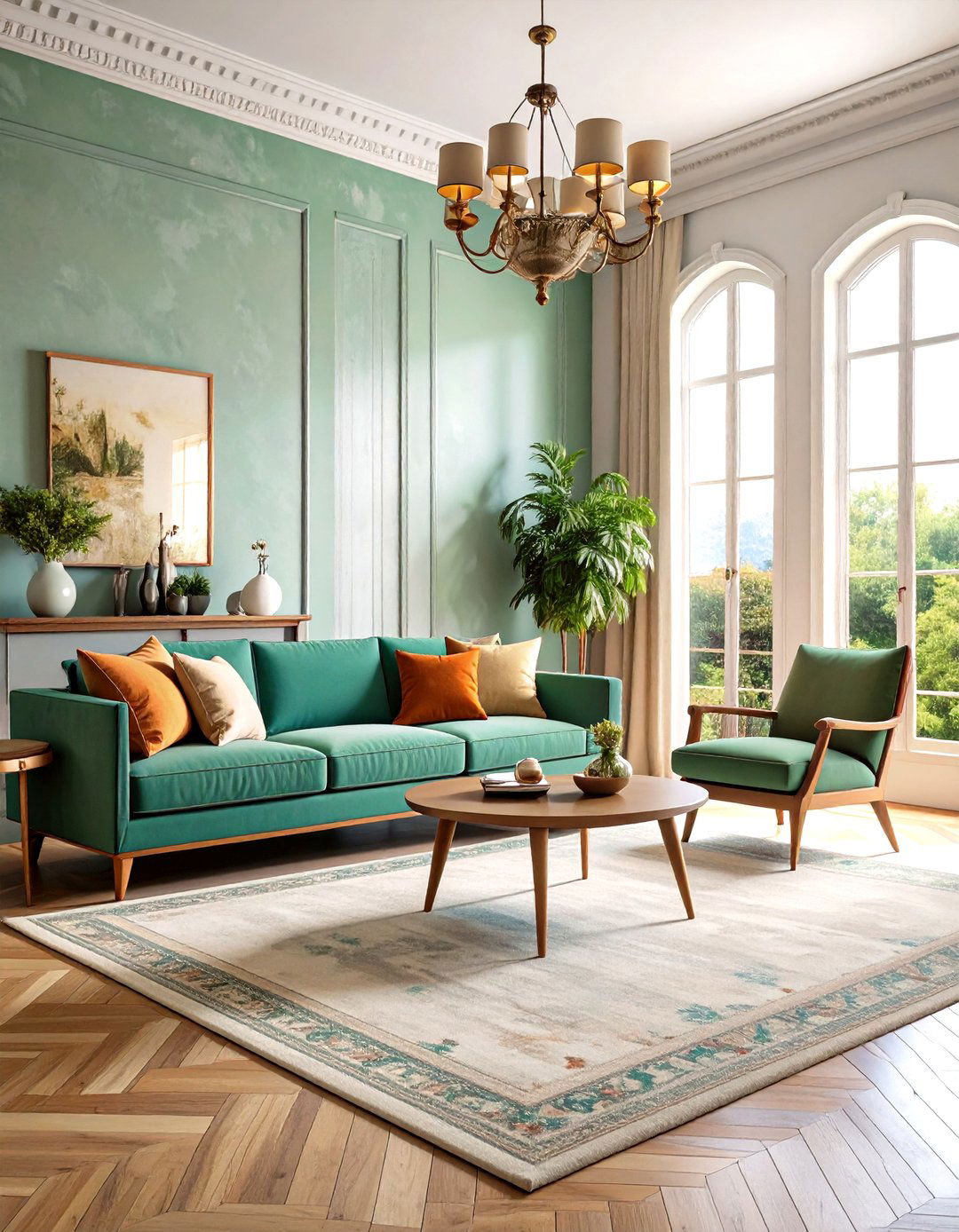
Textured plaster walls—using techniques like Venetian or stucco finishes—replicate the uneven, timeworn surfaces of Tuscan villas, adding depth and authenticity to interiors. Decorative painting methods such as color-washing or mild distressing can emulate aged patinas without full re-plastering, making the look more accessible. For an easier update, textured wallpapers are available in Venetian plaster and stucco-inspired patterns.
4. Stone Fireplaces as Focal Point

A stone fireplace serves as a dramatic focal point, anchoring the living room and echoing the hearth-centered tradition of Tuscan homes. Whether clad in rough-hewn fieldstone, limestone, or tumbled marble, the fireplace’s natural texture imparts an organic richness that complements warm color schemes. Accentuate curves and moldings around the mantel for added old-world elegance.
5. Terra-Cotta Flooring
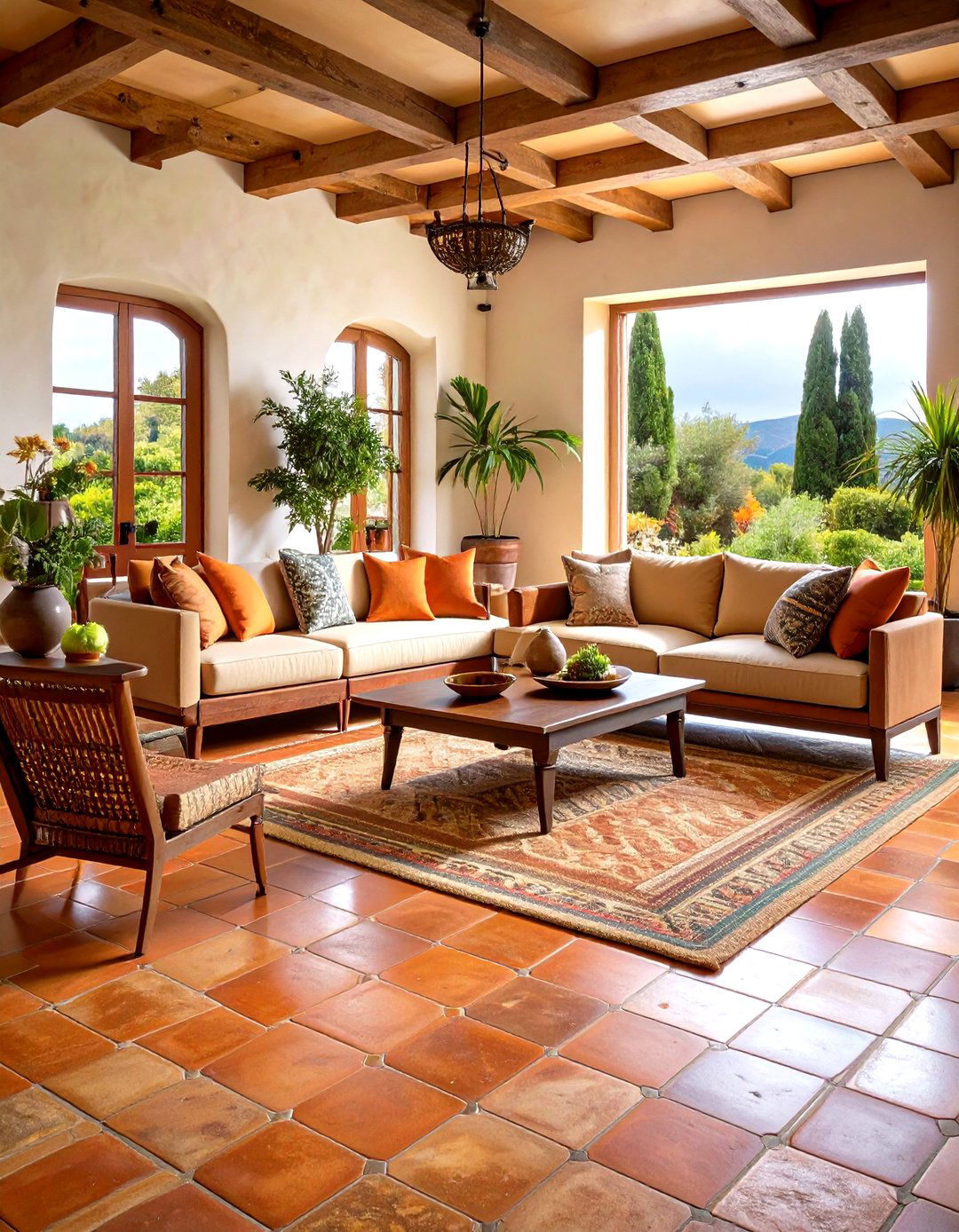
Authentic Tuscan floors feature terra-cotta or brick tiles, prized for their earthy tones, durability, and ability to keep rooms cool in summer. The natural imperfections in hand-made tiles create a lived-in warmth that’s hard to replicate with modern materials. Seal the tiles lightly to preserve their matte patina while making cleaning easier.
6. Rustic Wooden Furniture
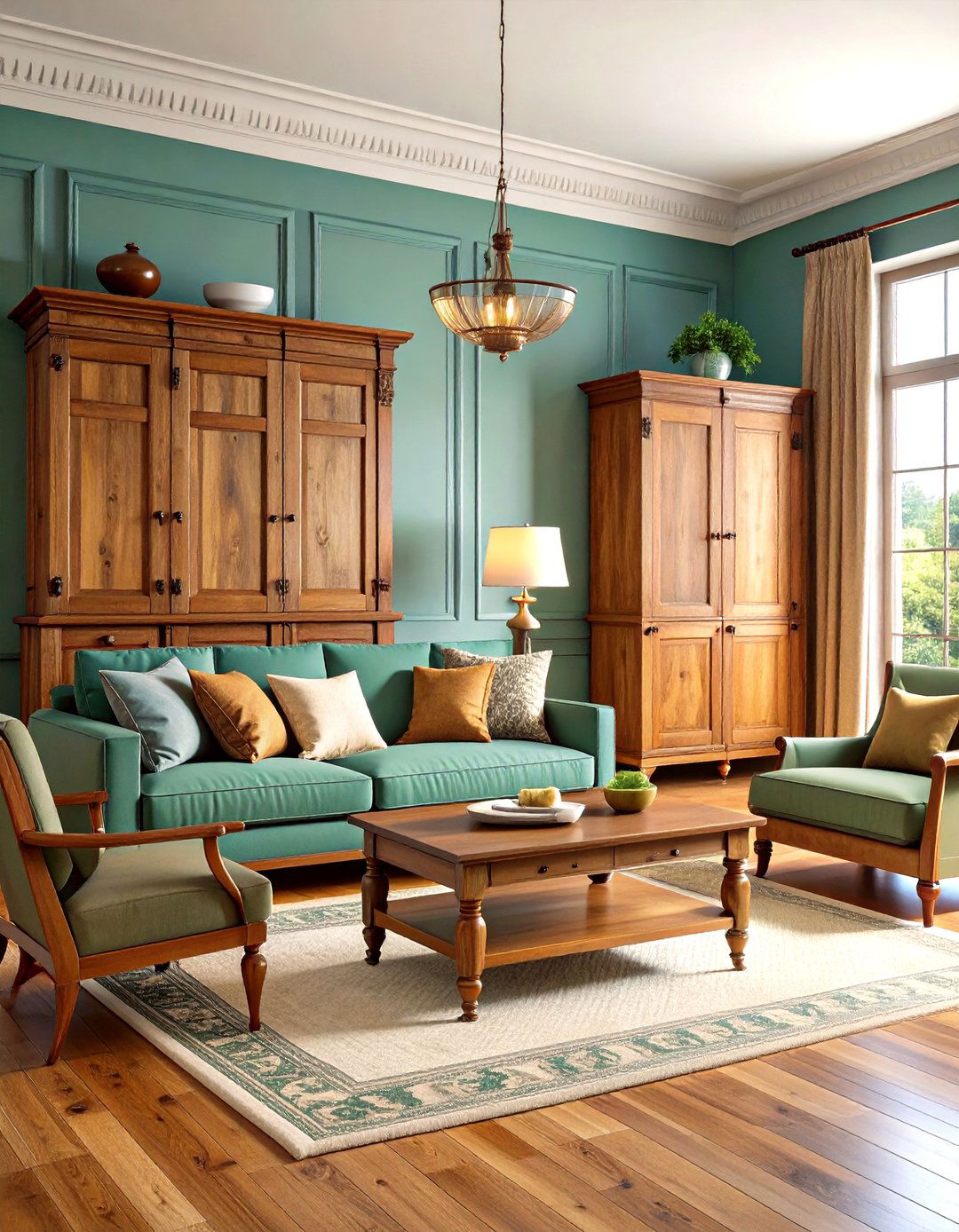
Sturdy, rustic wooden furniture—often crafted from oak, walnut, or pine—anchors a Tuscan living room with timeless presence. Look for hand-carved details, turned legs, and weathered finishes that reflect old-world craftsmanship. Large, comfortable pieces like over-sized armoires, sideboards, and coffee tables create a sense of permanence and history.
7. Wrought-Iron Accents

Wrought-iron elements—such as window grilles, lighting fixtures, and furniture bases—introduce elegant curves and graphic contrast against warm textures. Iron chandeliers with dangling crystals or simple scrollwork add both sparkle and rustic gravitas. Even small touches, like curtain rods and hardware, benefit from the metal’s timeless durability.
8. Aged Patina and Distressed Finishes
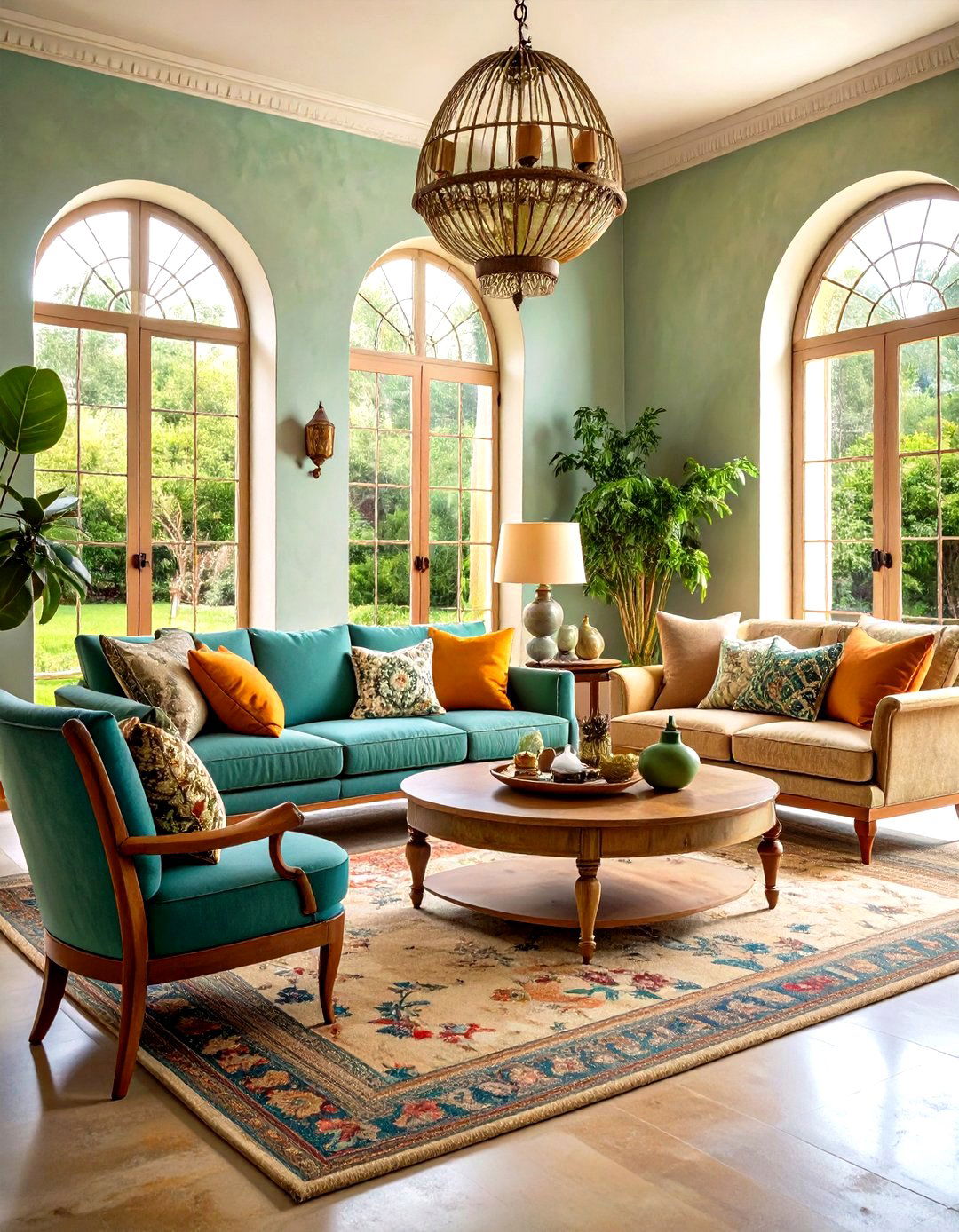
Embracing imperfection is key to Tuscan style; distressed finishes on furniture and cabinetry recreate the gentle wear of centuries. Techniques like dry-brushing, crackle glazing, and light sanding reveal underlying layers of paint or wood, giving pieces an antique appearance. Mix new and old by pairing vintage-style finds with modern comforts for a curated yet relaxed aesthetic.
9. Layered Lighting
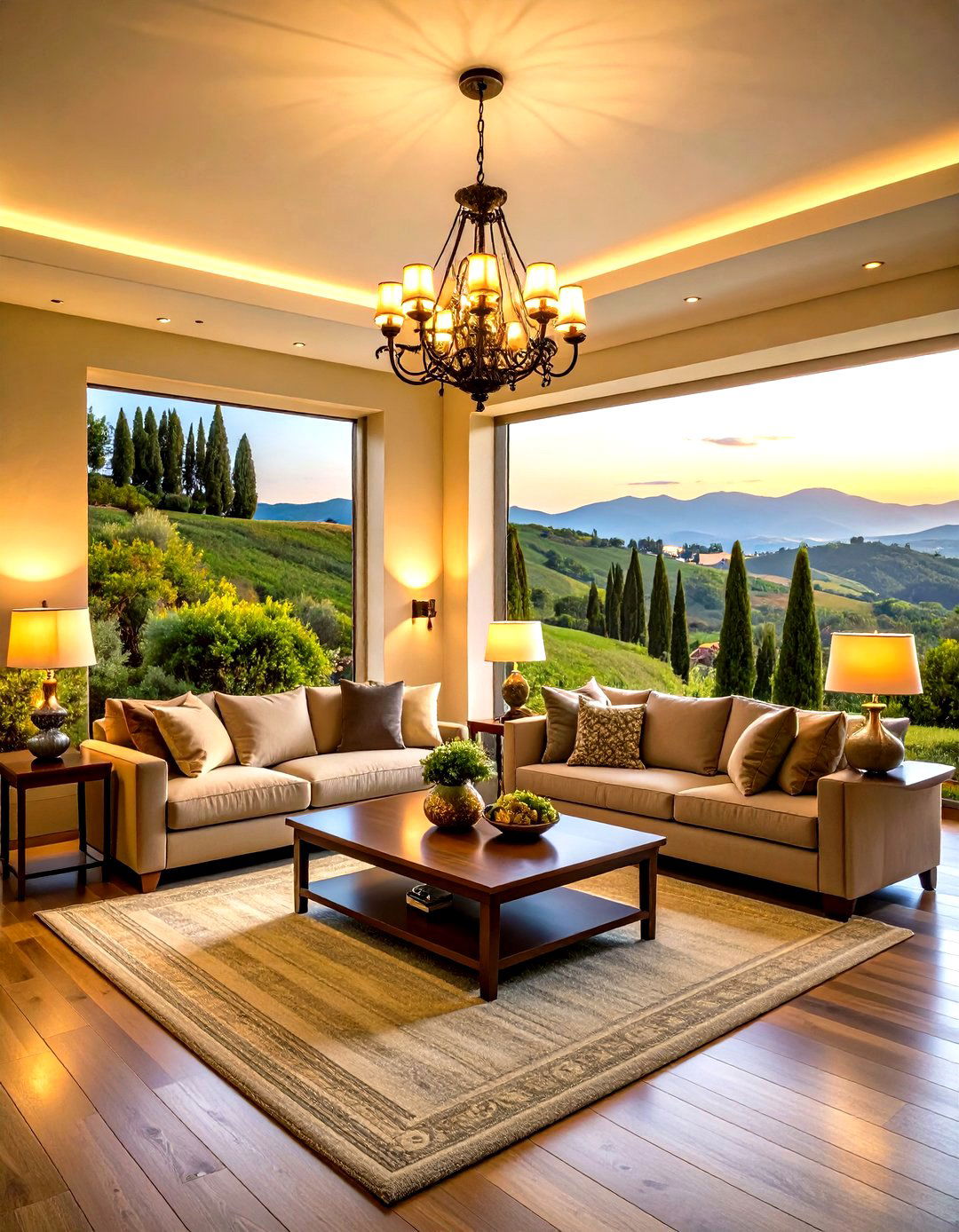
Tuscan living rooms rely on layered lighting to balance function and ambiance, combining recessed spotlights, wall-sconces, table lamps, and a central chandelier. Look for fixtures crafted from wrought iron, aged brass, or patinated metals to maintain cohesion with rustic elements. Dimmers allow for adjustable mood settings, essential for evening relaxation or entertaining.
10. Arched Doorways and Niche Shelves

Graceful arches in doorways, windows, and built-in niches soften transitions between spaces and echo Tuscan architecture. These curves can be purely decorative or house floating shelves to display ceramics, candles, and collectibles. Highlight niches with subtle down-lighting to create artful focal points.
11. Rich Textiles and Tapestries
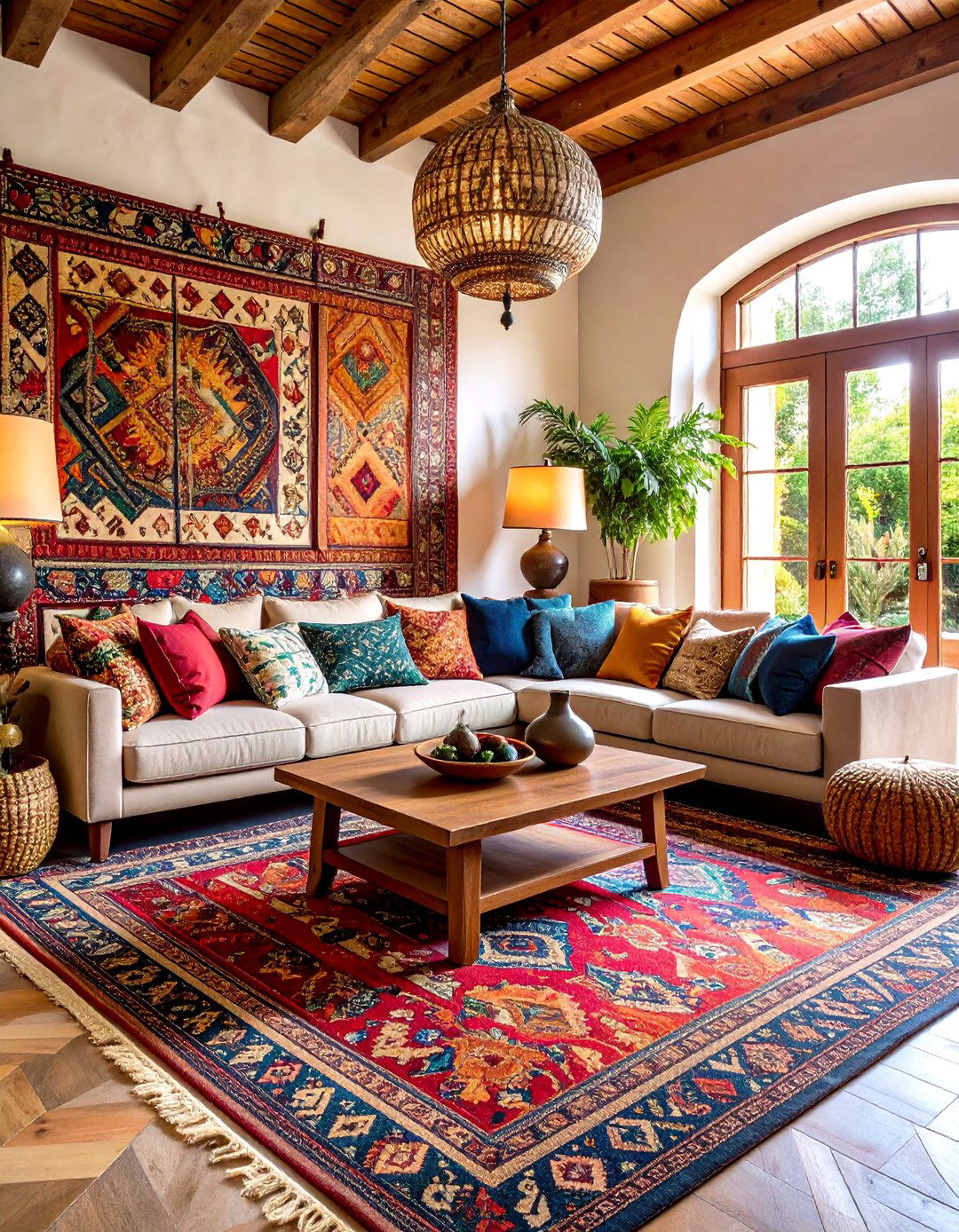
Heavy textiles—such as woven tapestries, kilim rugs, and embroidered tapestries—add warmth, color, and pattern to Tuscan interiors. Hang a tapestry as artwork or layer textiles on furniture to introduce visual depth and historical references. Persian rugs in warm hues tie the floor scheme to wall colors and furnishings.
12. Leather Sofas and Natural Materials
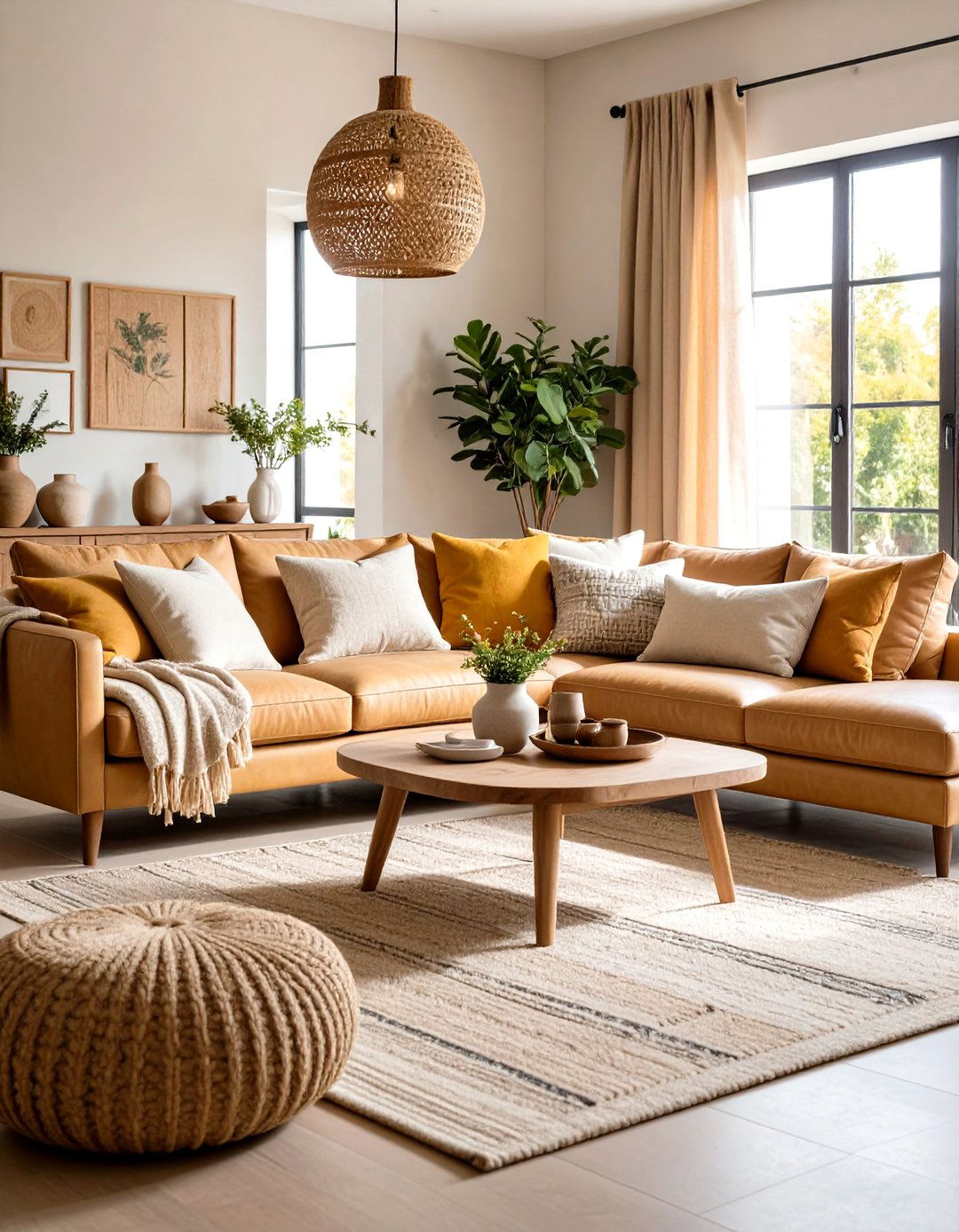
A well-worn leather sofa offers comfortable seating and patina that improves with age. Combine leather with other natural materials—linen, wool, or jute—for pillows and throws to enhance tactile richness. Neutral leather tones—tan, chestnut, or dark brown—complement both bright and muted Tuscan palettes.
13. Built-in Shelving and Cabinetry
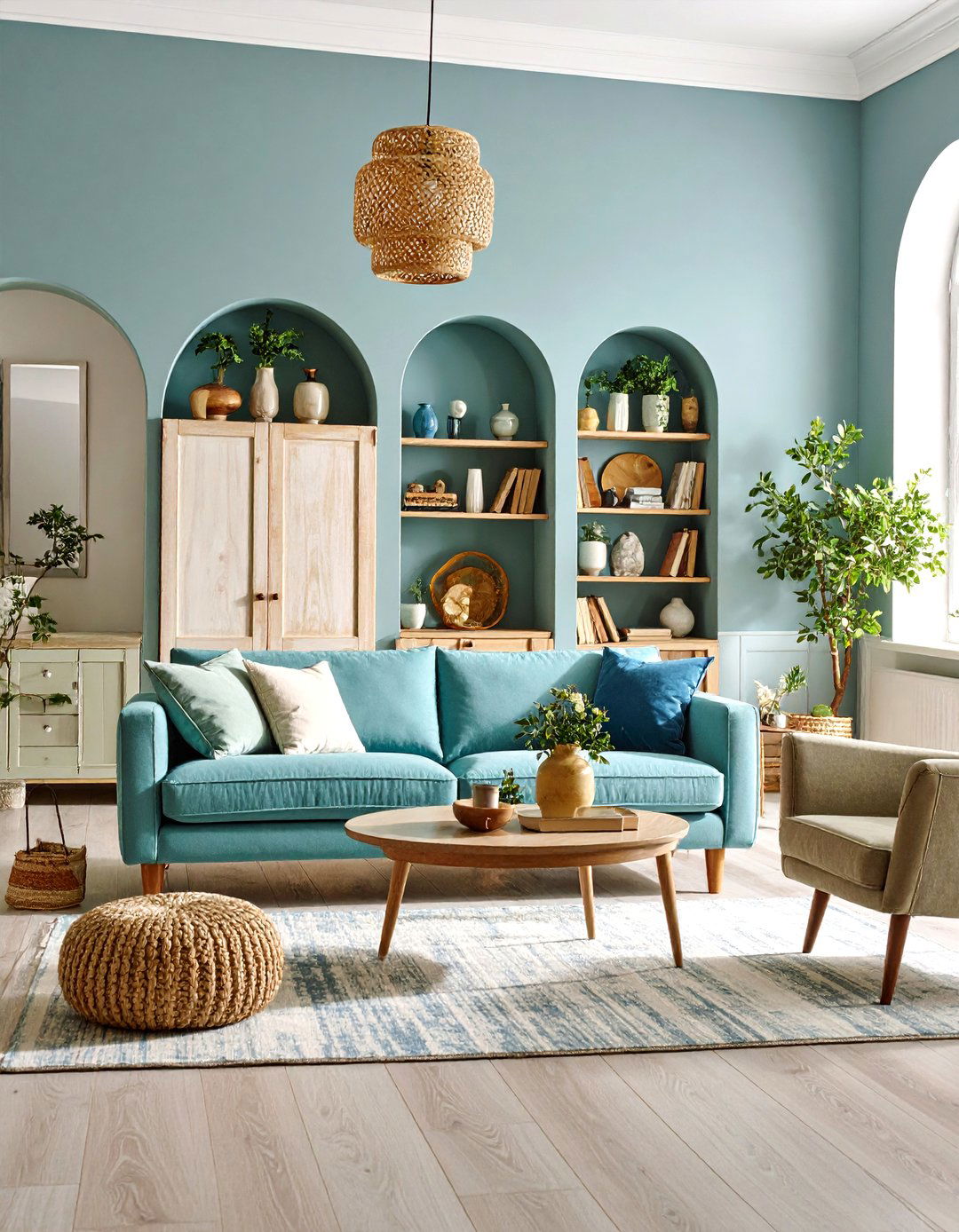
Custom built-ins with arched tops or paneled doors integrate storage seamlessly into Tuscan living rooms, preserving floor space and architectural integrity. Choose distressed finishes or glaze treatments to match other wood elements. Showcase books, ceramics, and vintage finds to personalize the space.
14. Ceramic and Terracotta Accessories
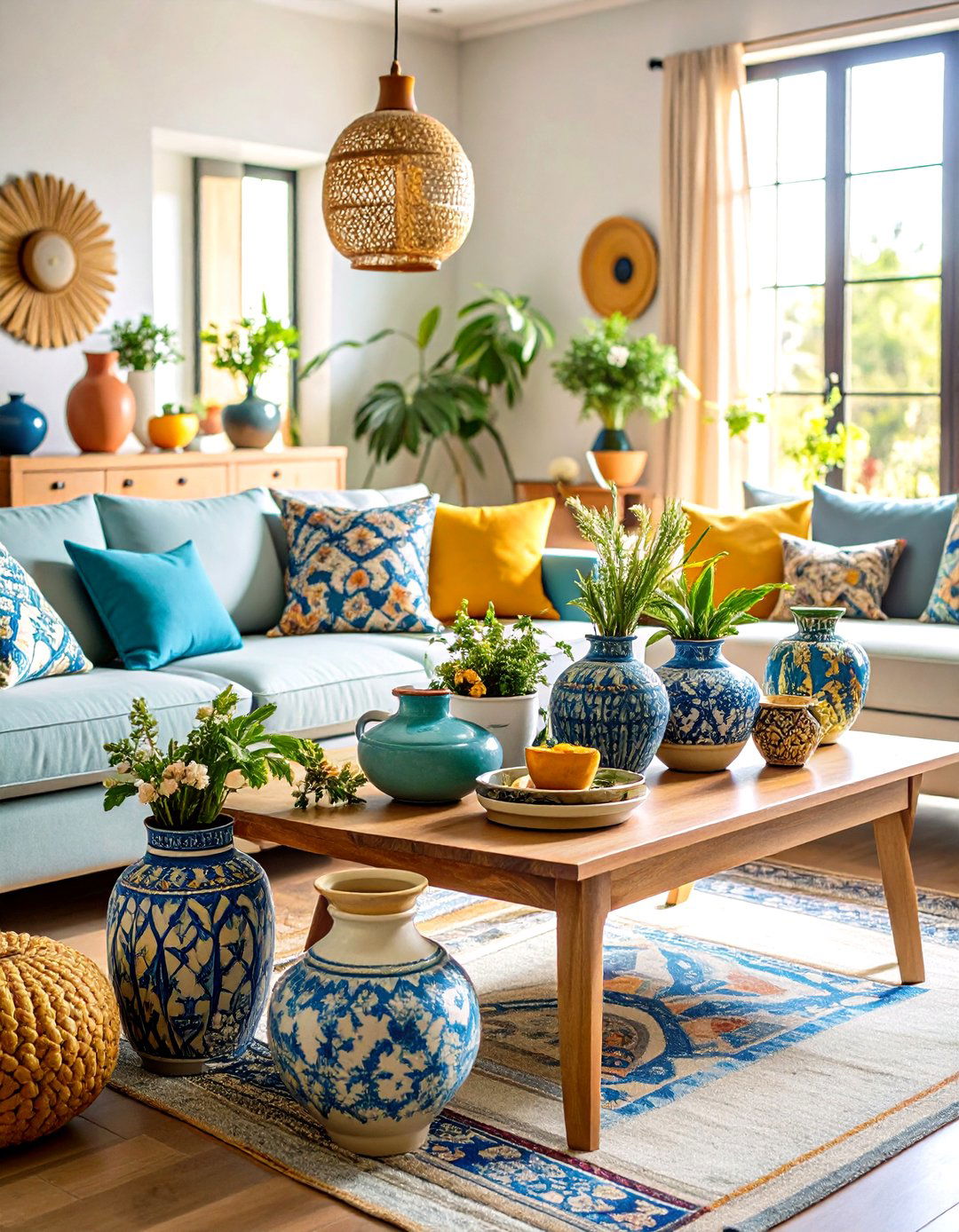
Ceramic vases, terracotta planters, and hand-painted tiles introduce artisanal detail and color. Group containers of varying heights on coffee tables or mantels for a casual vignette. Traditional motifs—floral, geometric, or pastoral scenes—reinforce Mediterranean heritage.
15. Indoor Greenery and Olive Trees
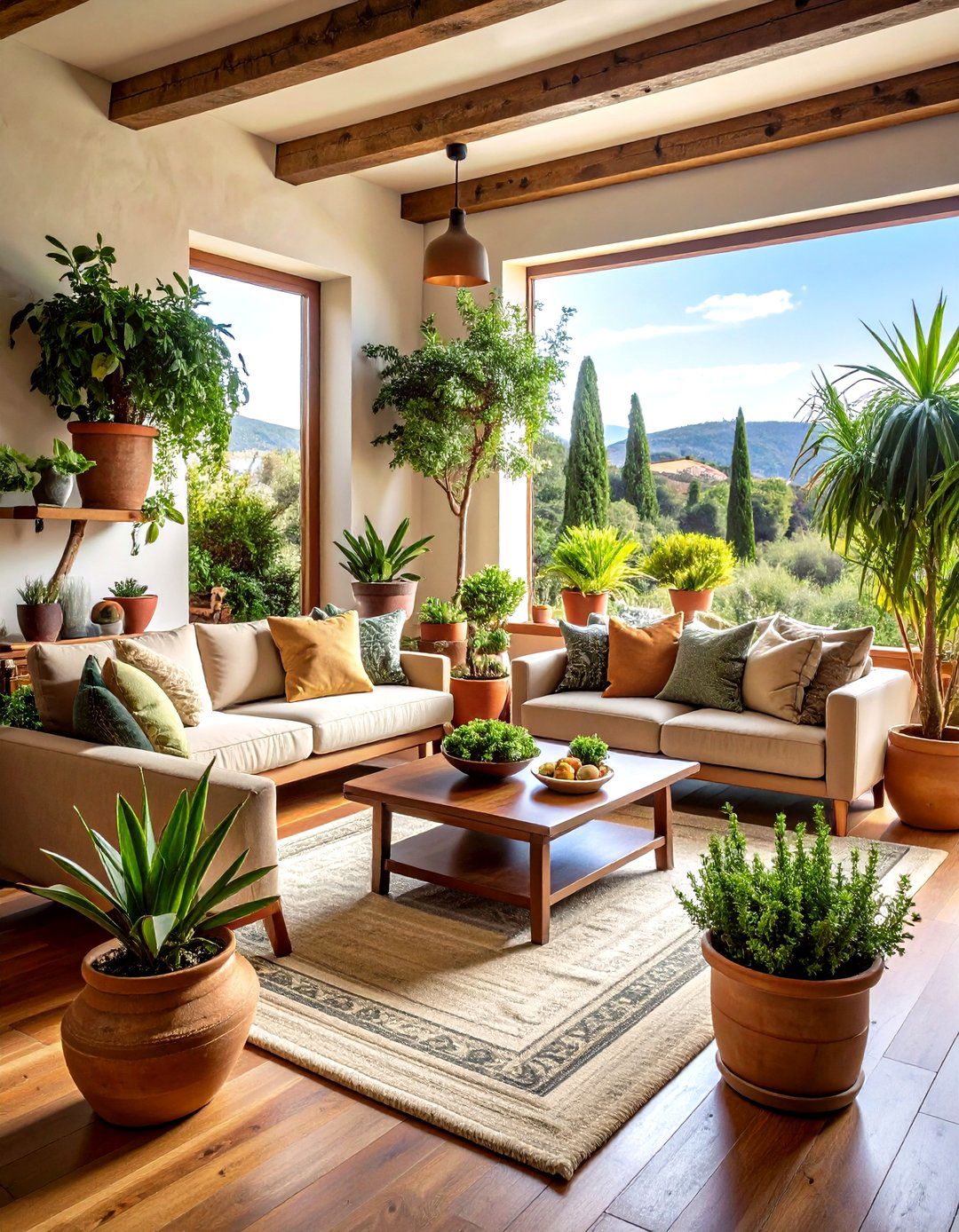
Potted olive trees, herb planters, and clusters of succulents infuse living rooms with fresh accents and evoke Tuscan gardens. Select large-leafed plants like ficus or rubber trees for architectural impact, and smaller herbs—rosemary, lavender—for fragrance and texture.
16. Mosaic or Patterned Rugs
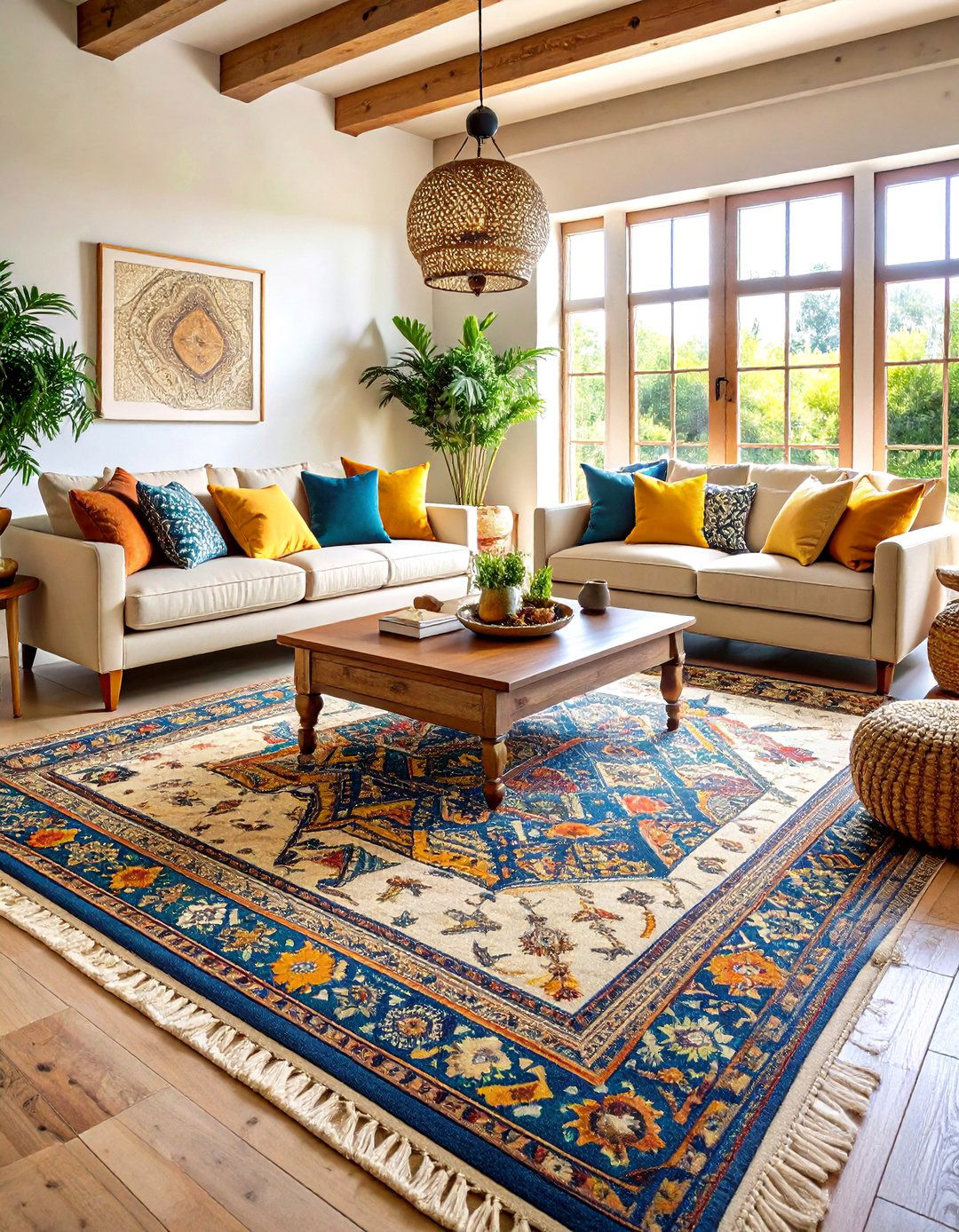
Intricate mosaic-inspired rugs and runners add decorative pattern underfoot, reminiscent of Italian courtyards and villa floors. Choose durable wool or flatweave constructions to handle high traffic while maintaining design integrity. Layer rugs to define seating areas and protect authentic tile flooring.
17. Ceiling Chandeliers and Rustic Fixtures
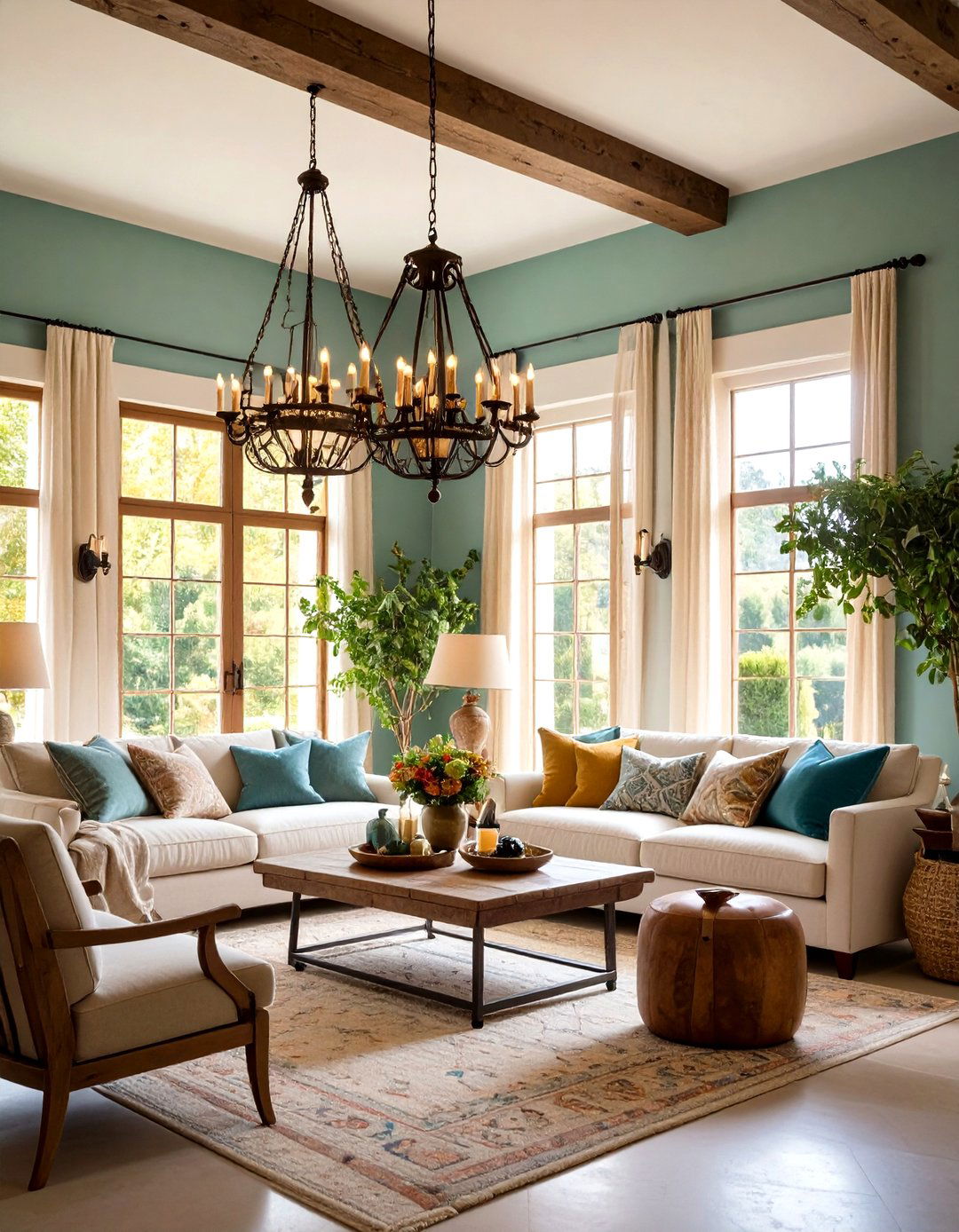
A wrought-iron or wood-accented chandelier anchors the room with grandeur, echoing medieval great halls. Rustic fixtures—lantern-style pendants or candle-shaped sconces—reinforce old-world authenticity and pair beautifully with layered lighting.
18. Wooden Shutters and Window Treatments
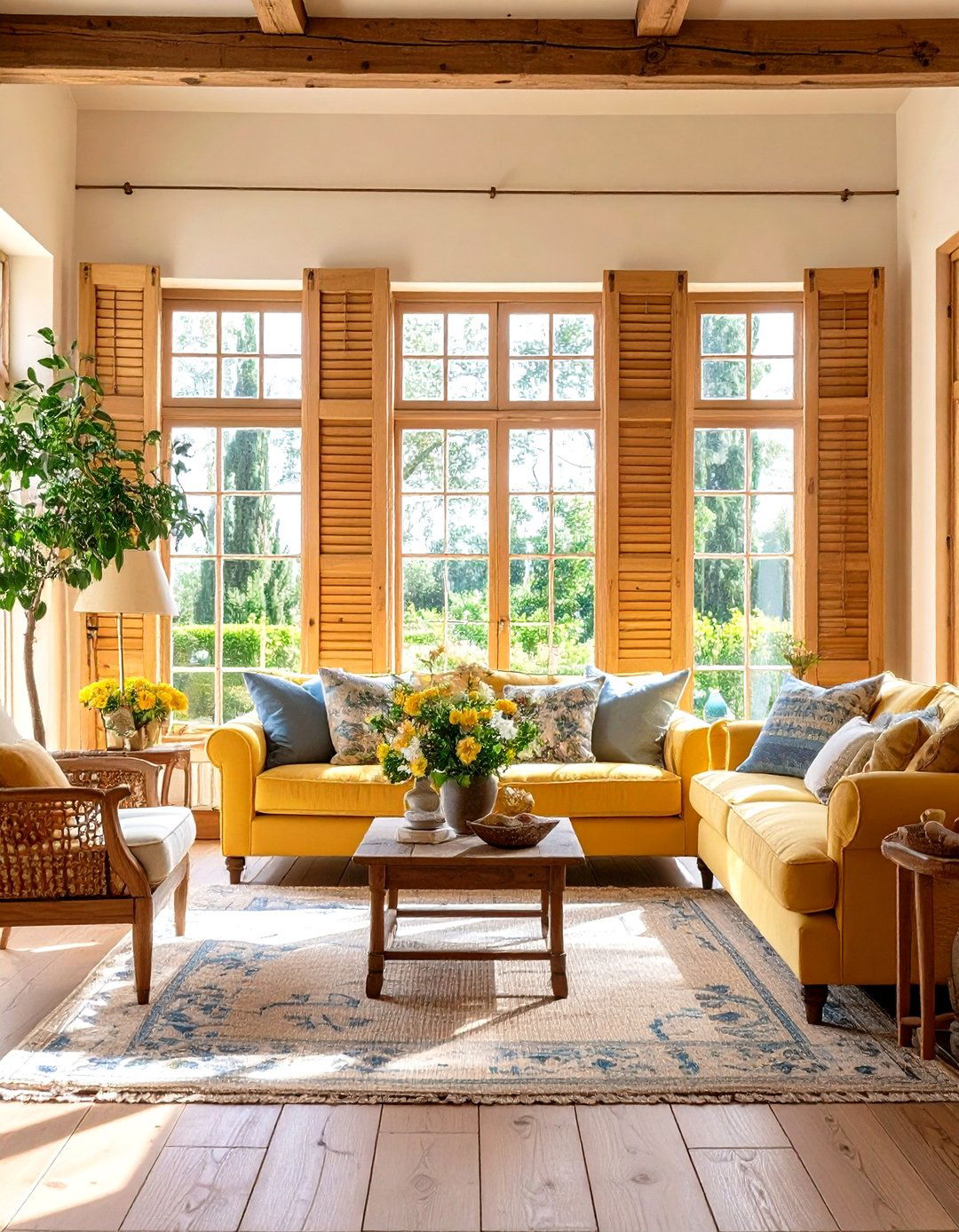
Interior wooden shutters provide privacy and a sense of historic permanence, while thick draperies in natural fabrics frame windows in elegant folds. Choose warm wood stains or painted finishes to match ceiling beams and furniture.
19. Accent Walls with Fresco or Murals
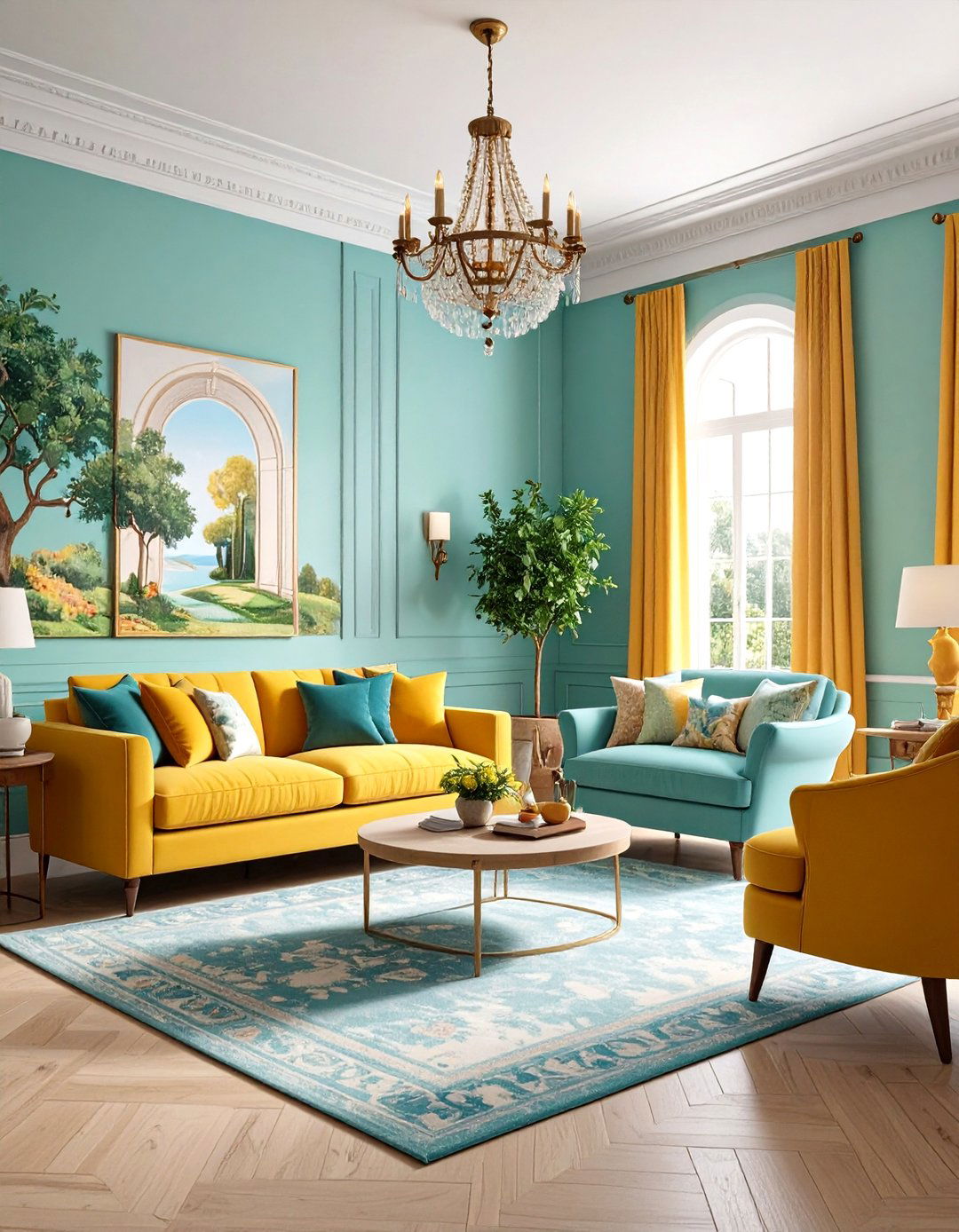
Hand-painted frescoes or wall murals depicting pastoral scenes, architectural motifs, or botanical designs add artistic flair and storytelling to a Tuscan living room. Even a single accent wall can transport the space to an Italian villa courtyard.
20. Outdoor-Indoor Connection

Large windows, French doors, or loggias blur the line between indoor and outdoor living, inviting natural light and fresh air into Tuscan interiors. Furnish adjacent patios with wrought-iron seating and terracotta pots to create a cohesive flow.
Conclusion:
By combining warm, earthy hues with textured finishes, natural materials, and historic architectural details, a Tuscan living room becomes a serene yet vibrant retreat. From exposed beams and stone fireplaces to wrought-iron accents and potted olive trees, each element contributes to an ambiance of timeless elegance and rustic comfort. Whether you adopt one idea or blend several, these 20 concepts will guide you in crafting a living room that feels authentically Tuscan—where every surface tells a story of sunlit landscapes, artisanal craftsmanship, and the enduring warmth of Italian hospitality.


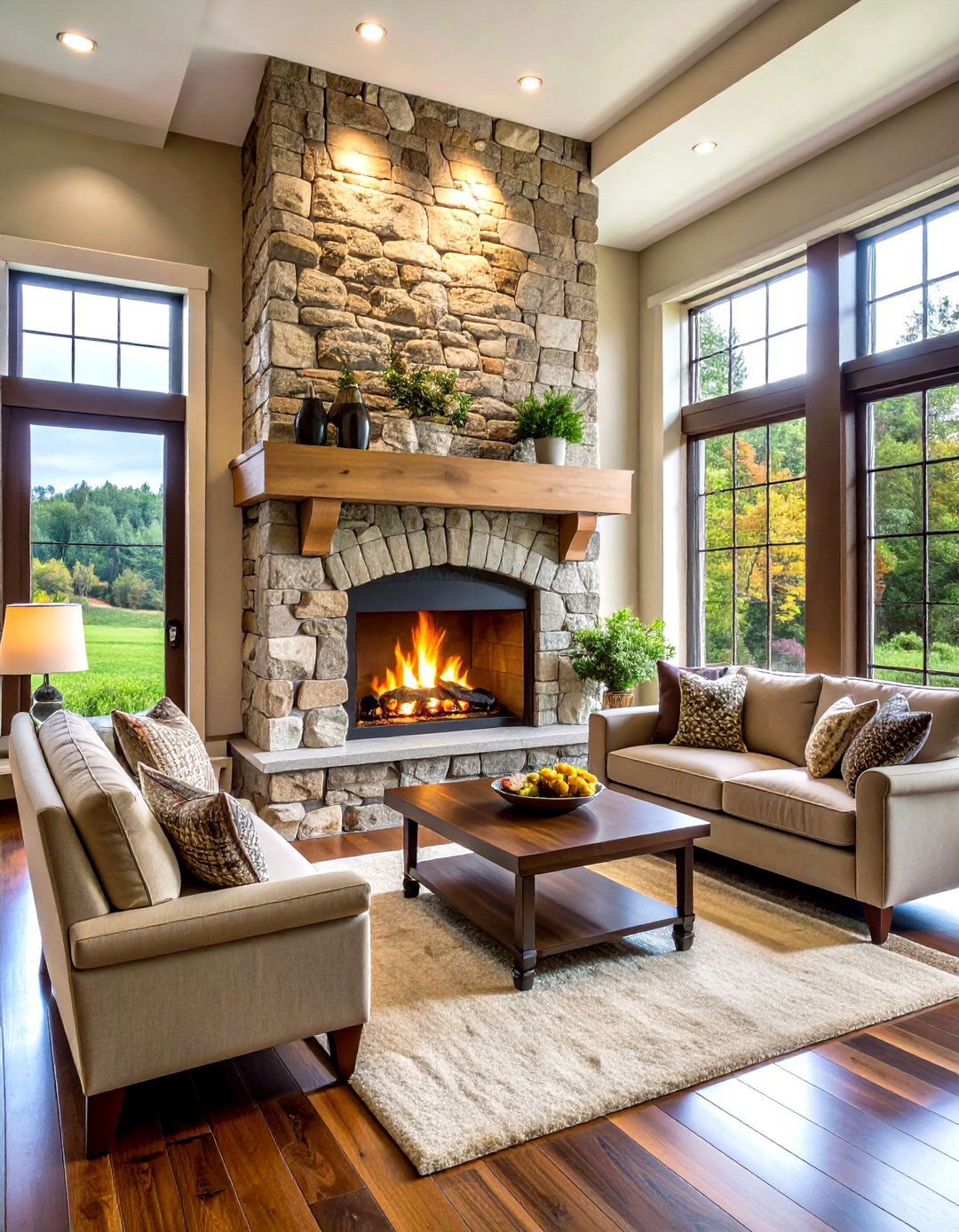
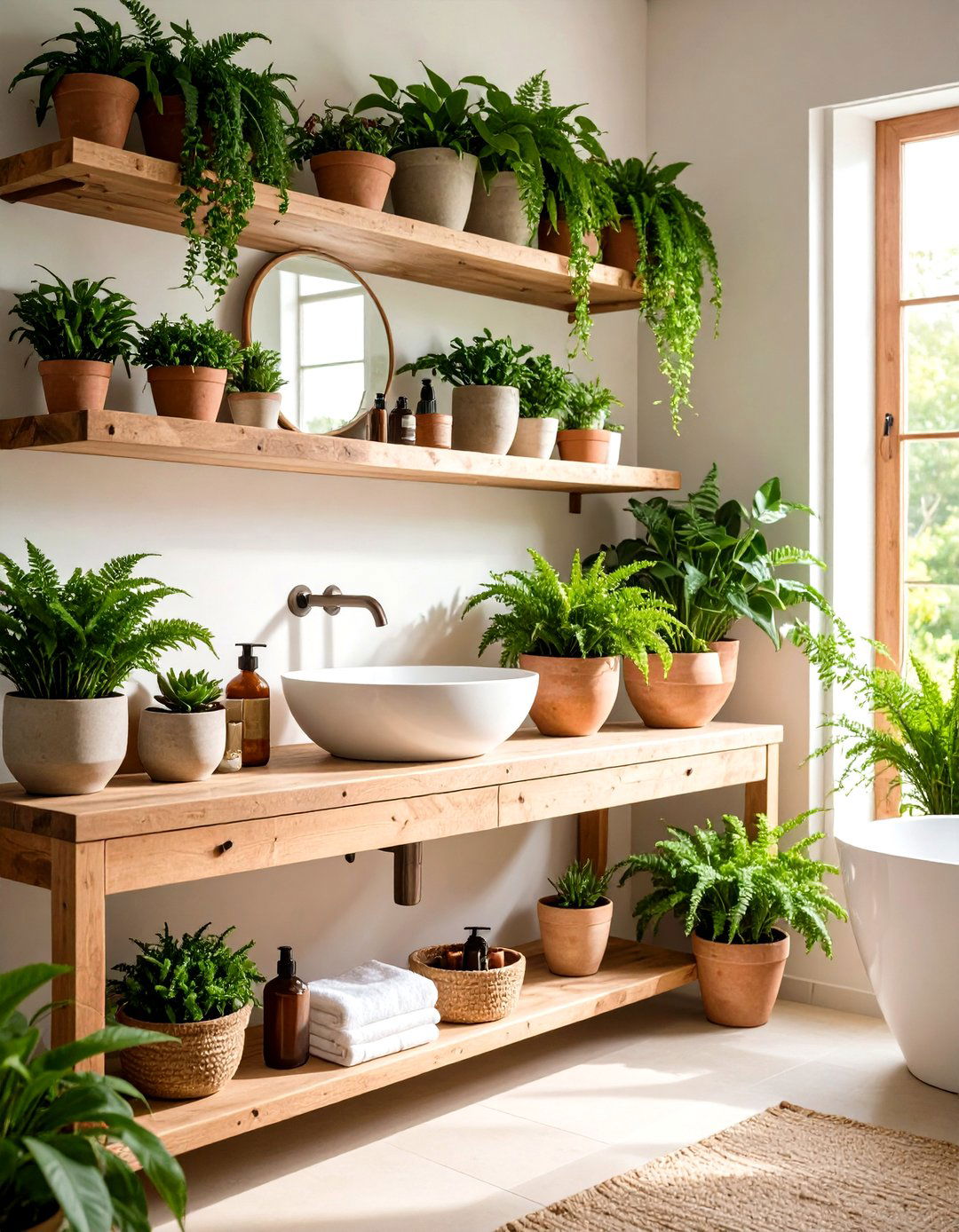
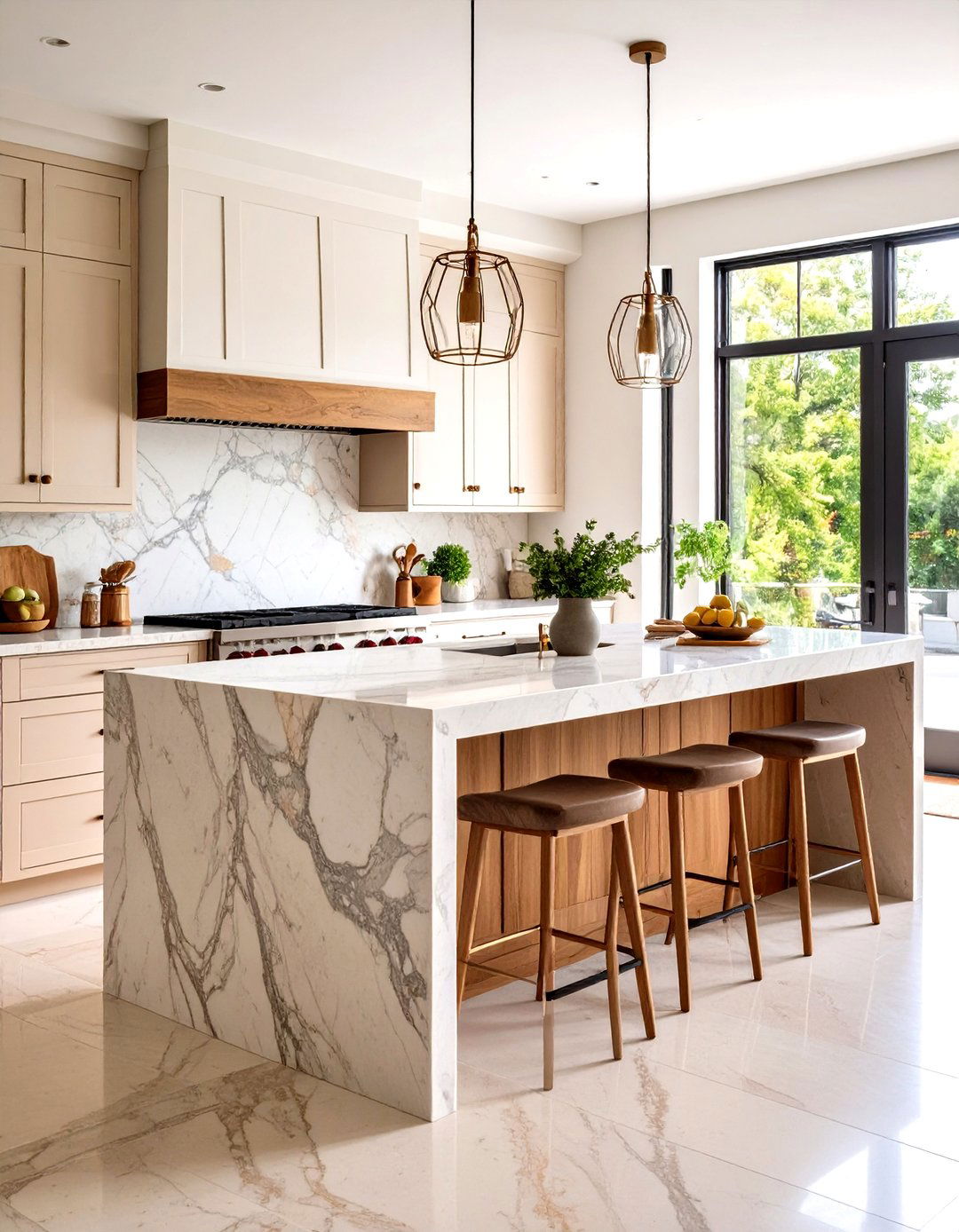
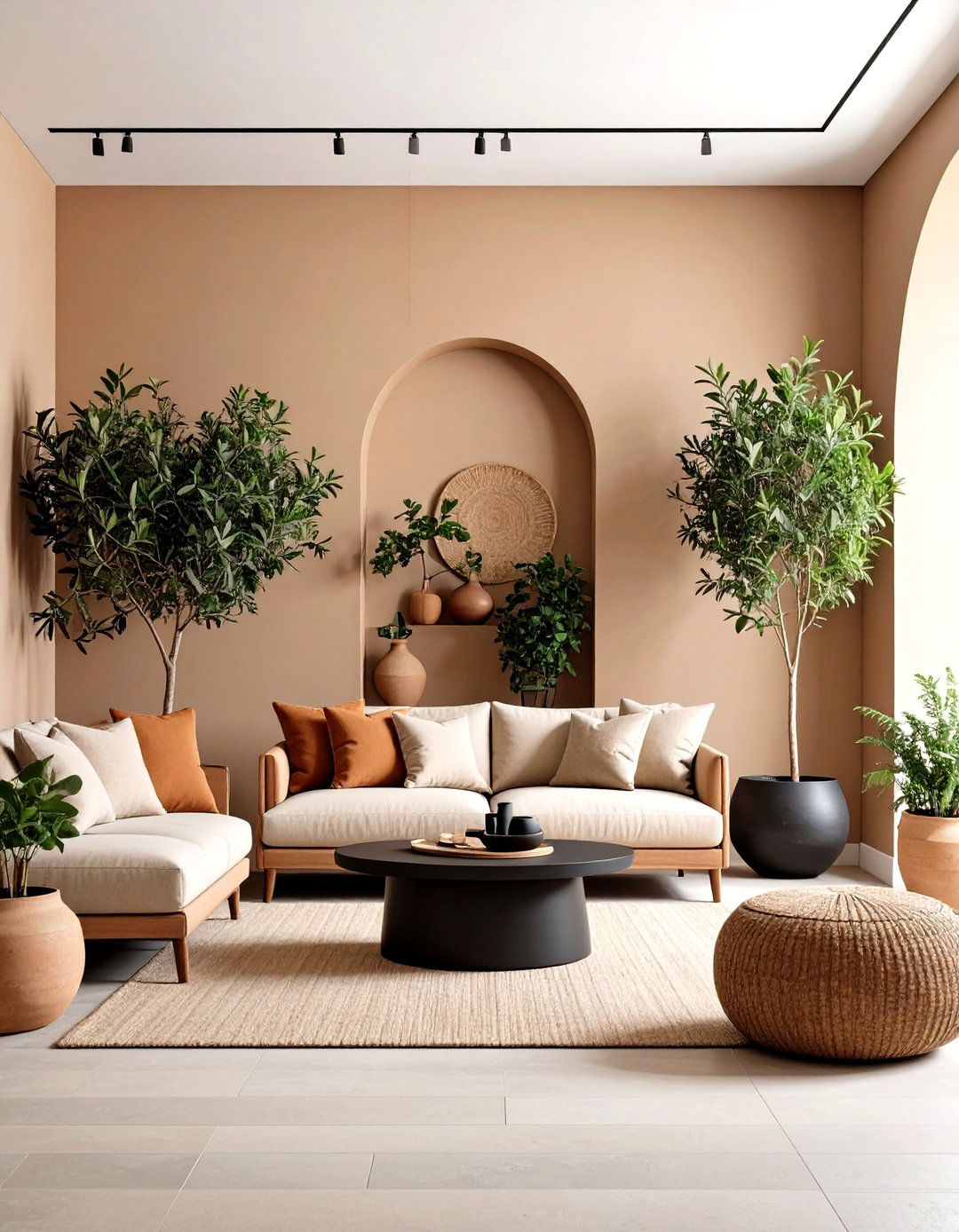
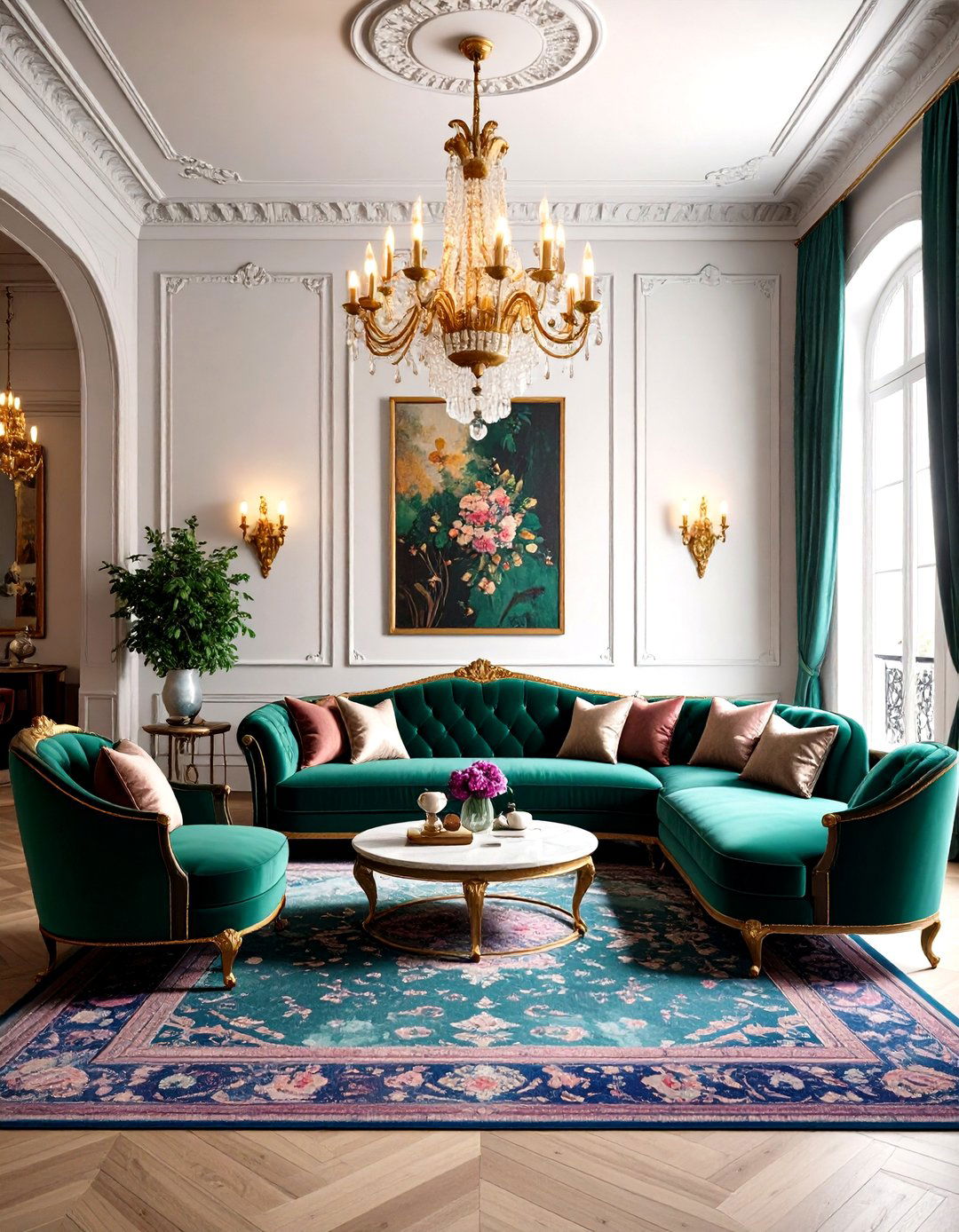
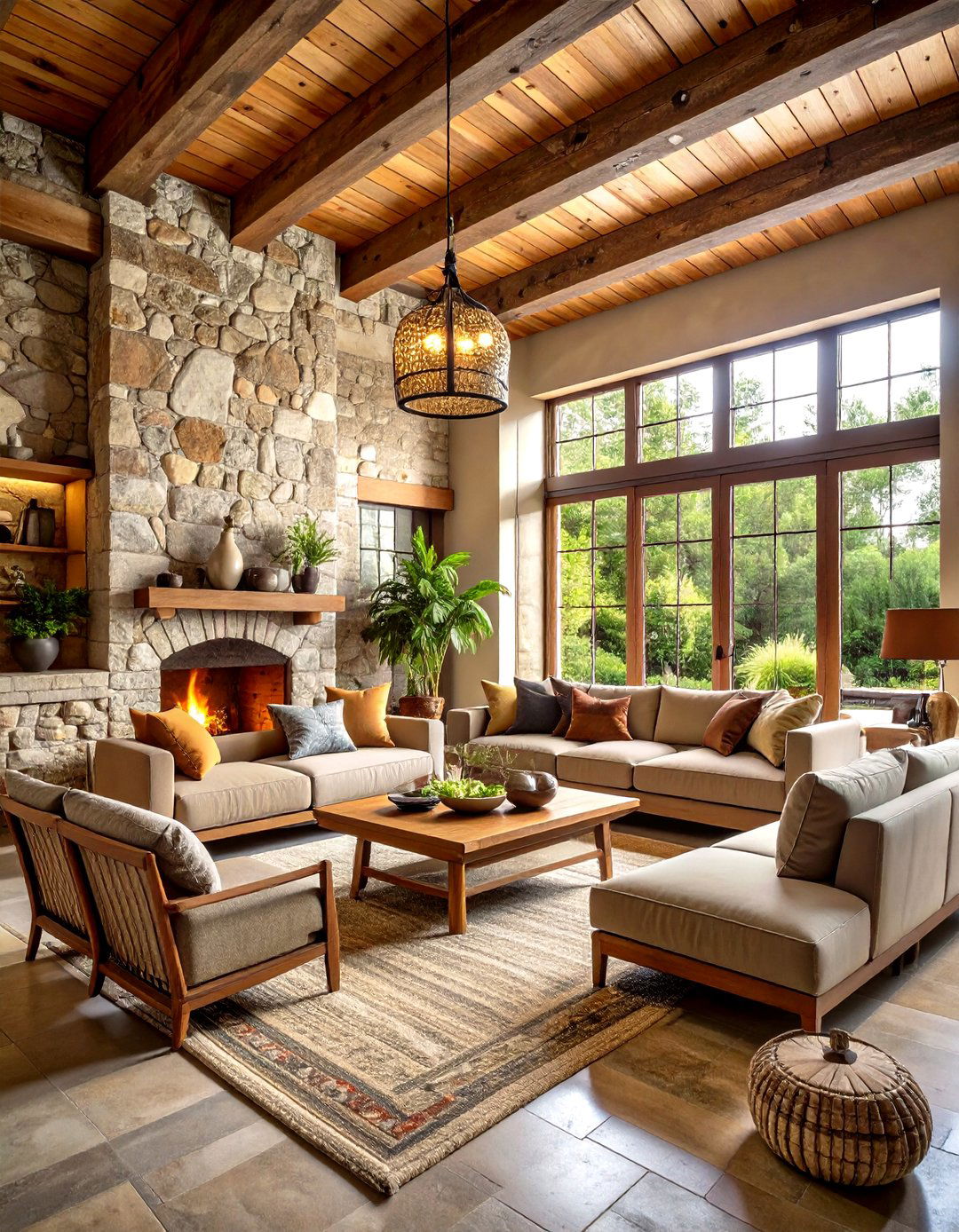
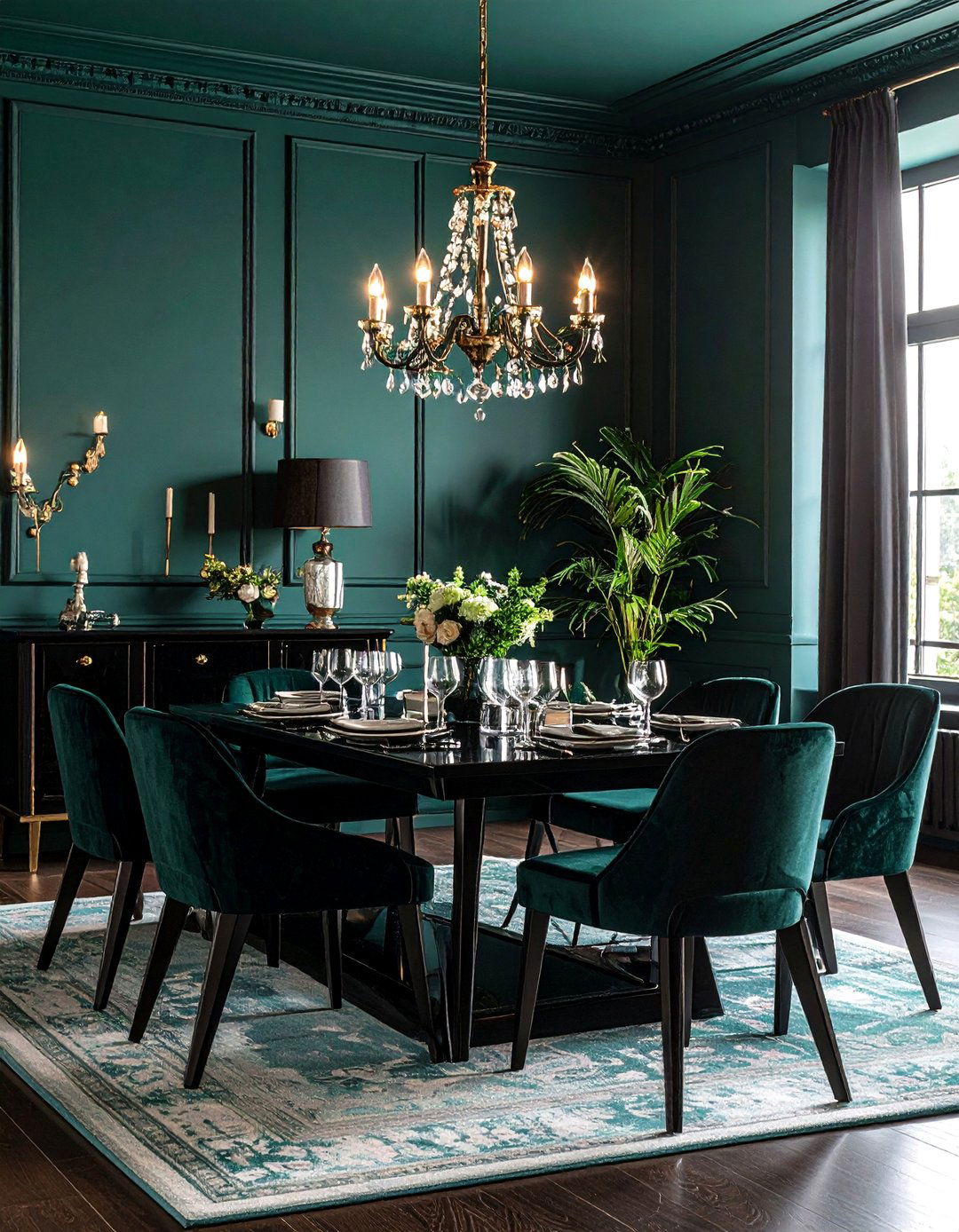
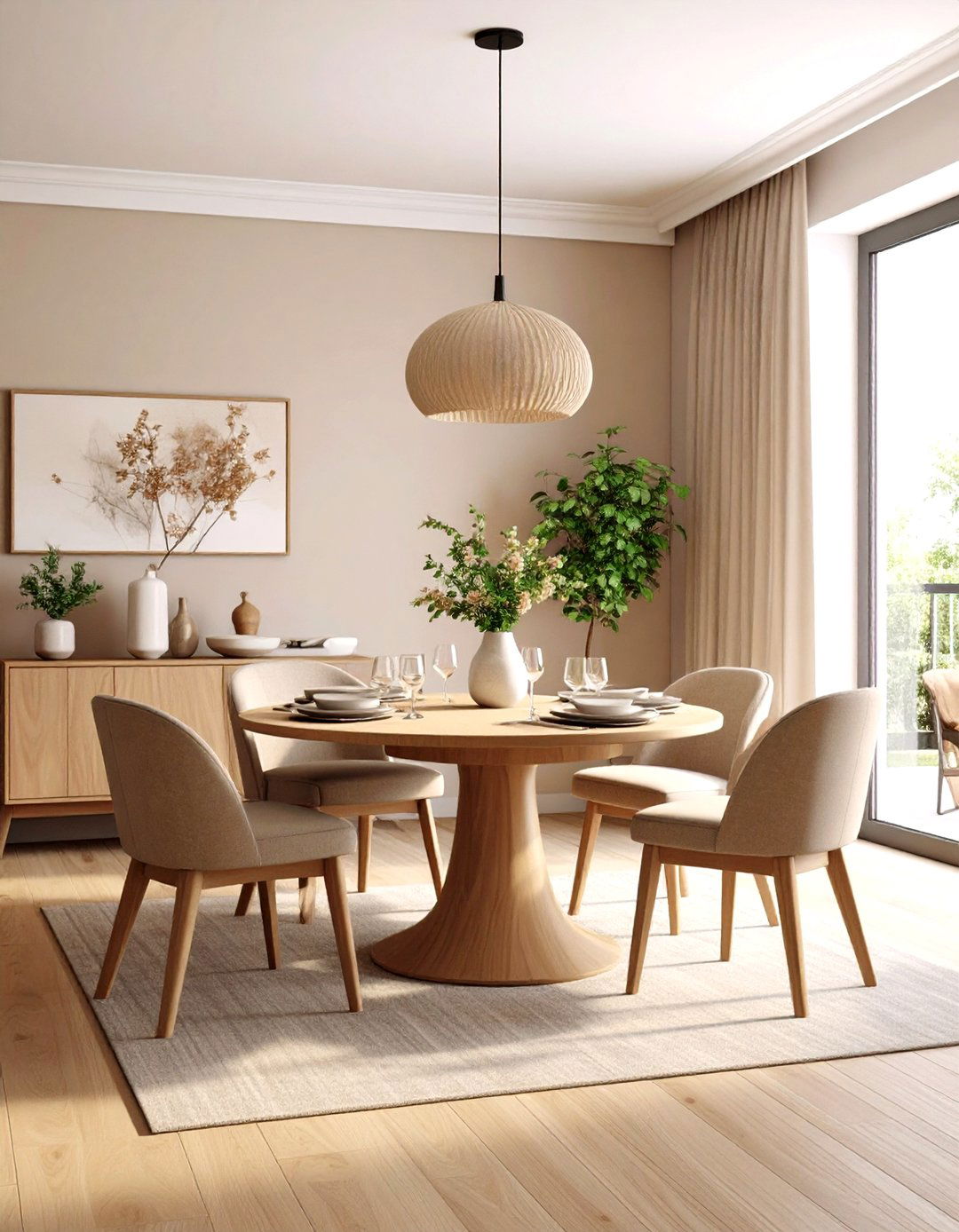
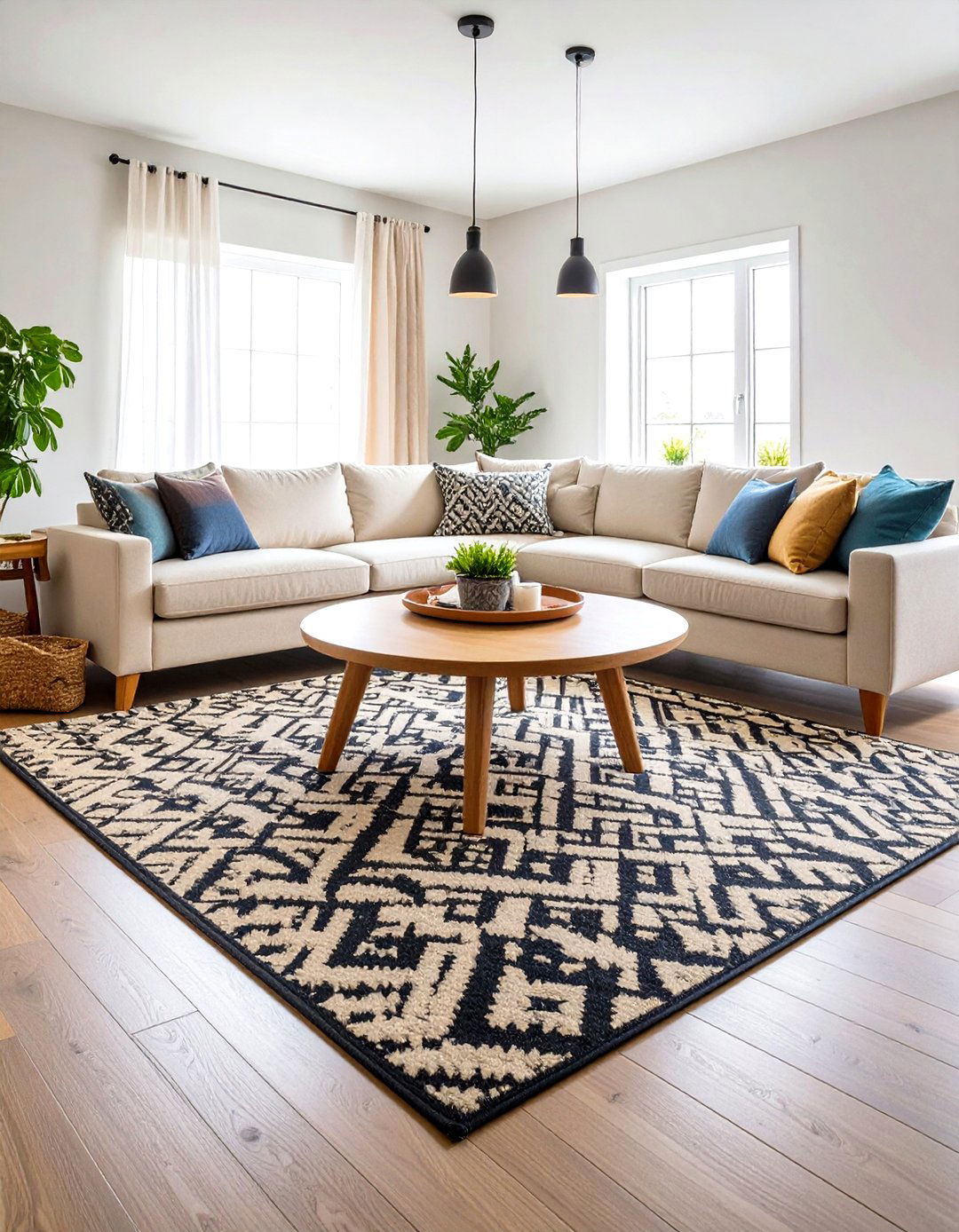
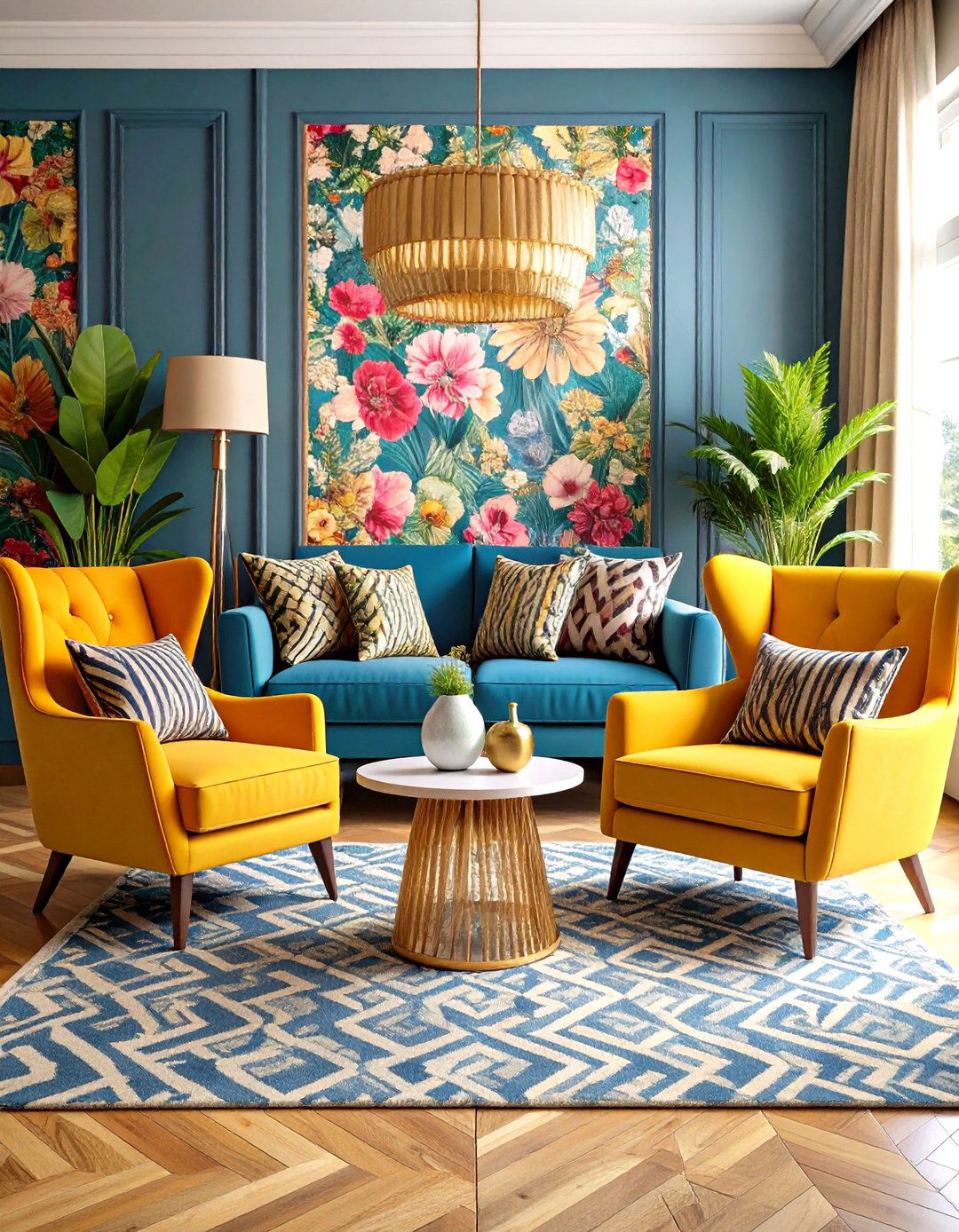
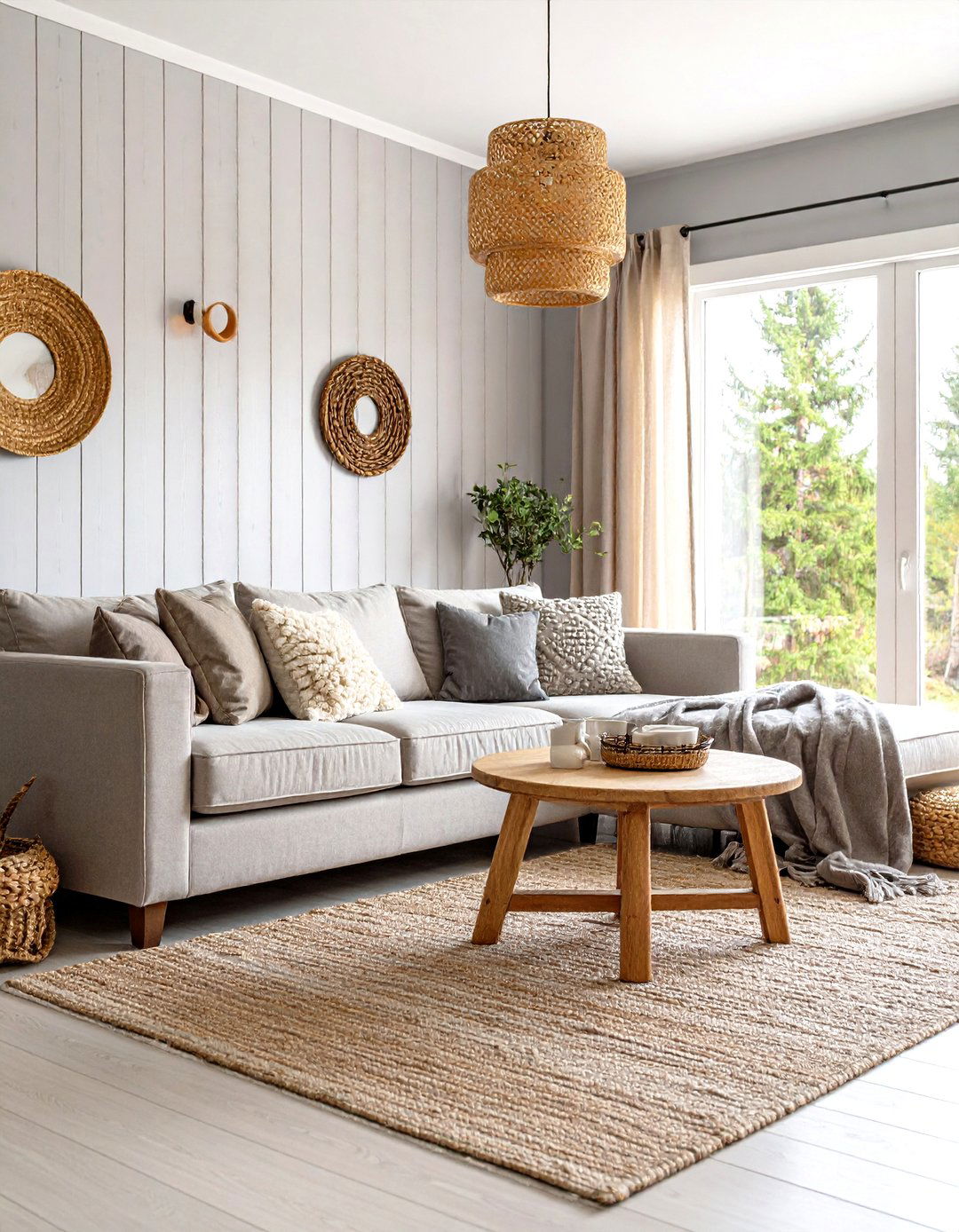
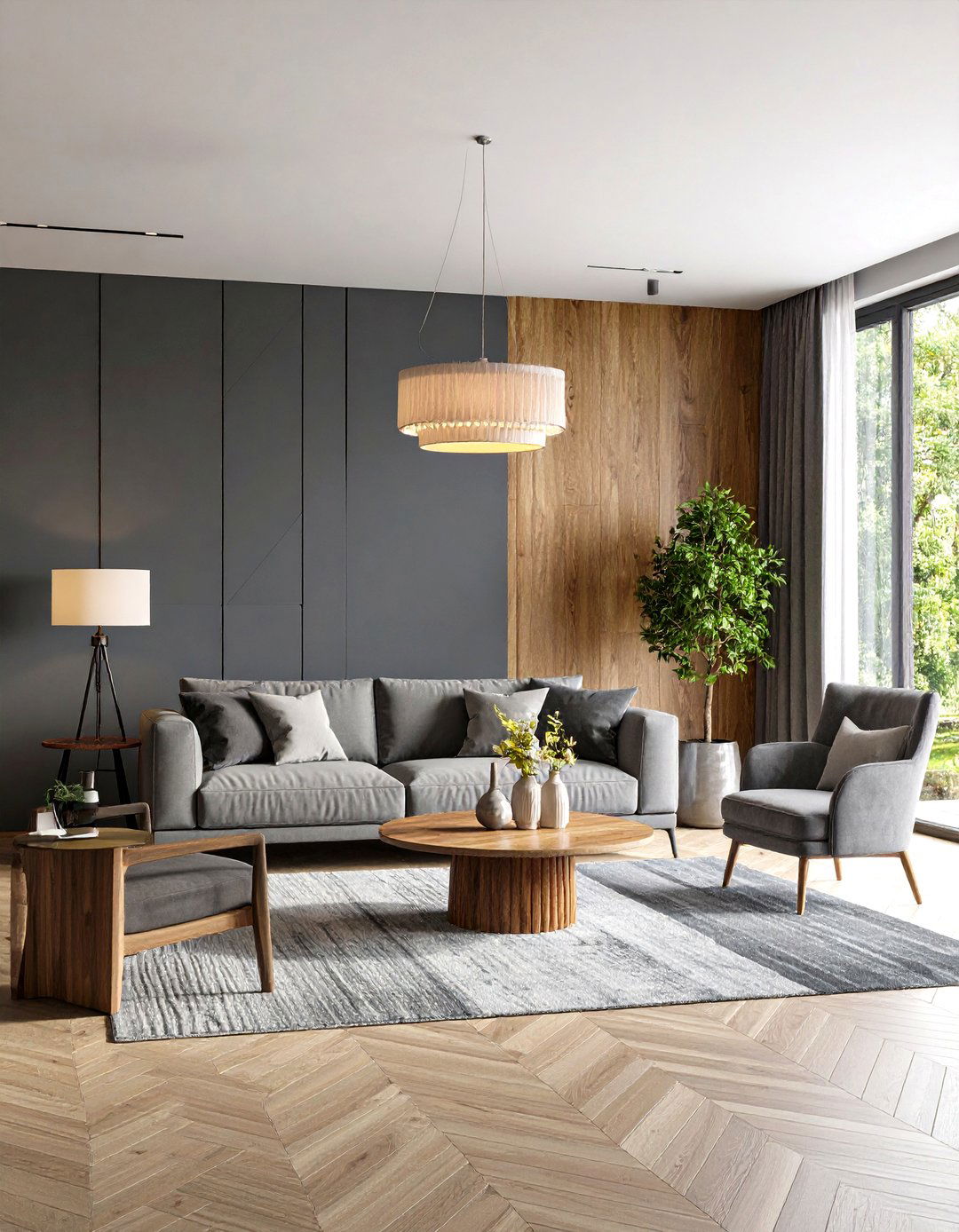

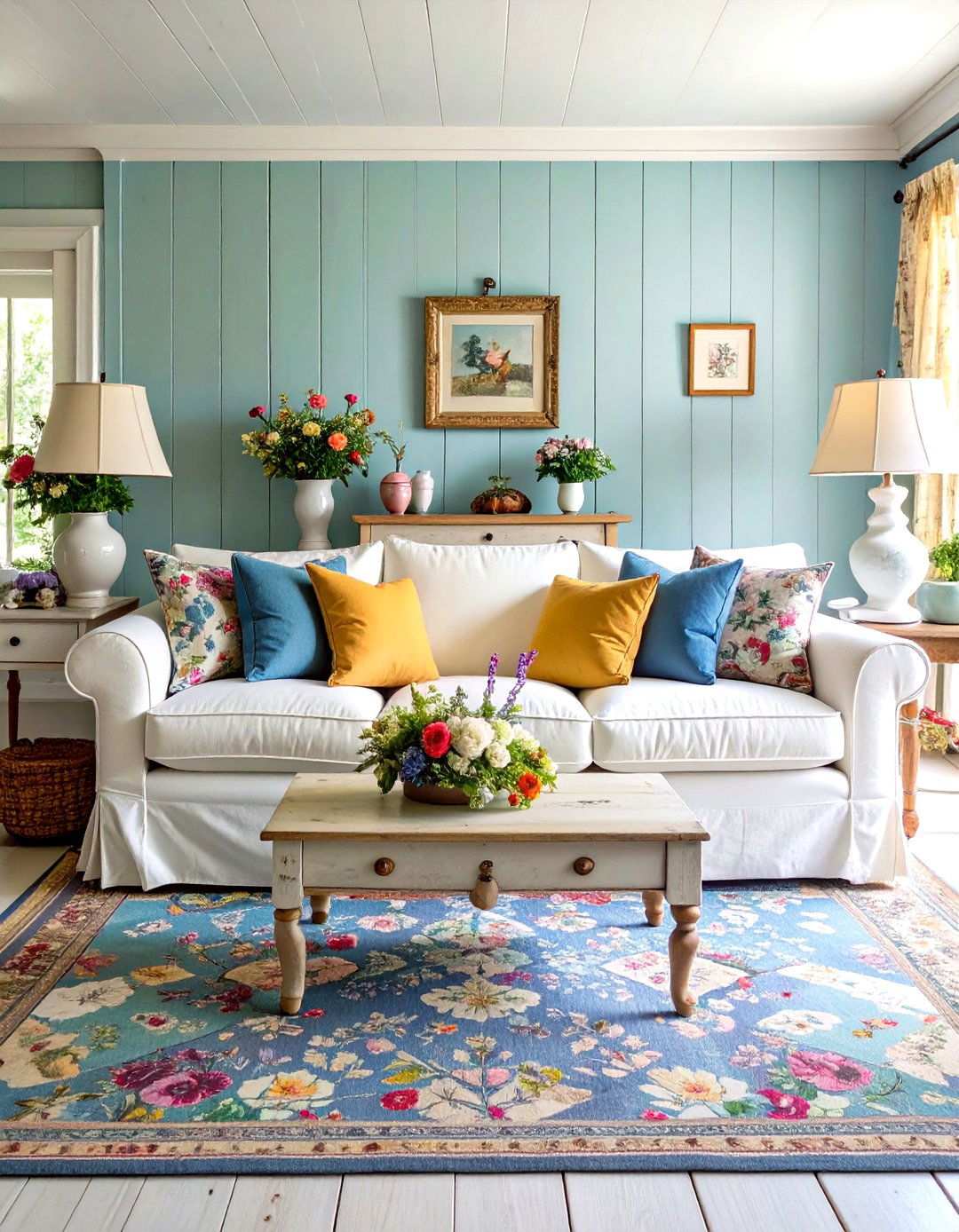
Leave a Reply